Difference between revisions of "Samples"
From MSX Game Library
(→Devices) |
(→Audio Format) |
||
| Line 803: | Line 803: | ||
|ext= | |ext= | ||
|state=Functional | |state=Functional | ||
| − | |img= | + | |img=raw.githubusercontent.com/aoineko-fr/MSXgl/refs/heads/main/engine/doc/img/project/s_lvgm.png |
}} | }} | ||
| Line 820: | Line 820: | ||
|ext= | |ext= | ||
|state=Functional | |state=Functional | ||
| − | |img= | + | |img=raw.githubusercontent.com/aoineko-fr/MSXgl/refs/heads/main/engine/doc/img/project/s_ndp.png |
}} | }} | ||
| Line 854: | Line 854: | ||
|ext= | |ext= | ||
|state=Functional | |state=Functional | ||
| − | |img= | + | |img=raw.githubusercontent.com/aoineko-fr/MSXgl/refs/heads/main/engine/doc/img/project/s_pcmplay.png |
}} | }} | ||
Revision as of 14:08, 19 October 2025
Here is a list of sample programs included with MSXgl to illustrate how to use the library’s various features and functions. To test a sample program, follow these steps:
- Open a command-line interface in the MSXgl/projects/samples/ directory.
- Run one of the following commands, depending on your operating system:
- build.bat s_game (Windows)
- ./build.sh s_game (Linux & macOS)
Replace s_game with the name of the sample you wish to test (there’s no need to include the .c file extension).
Note: Sample programs use a configuration system that overwrites the default project settings (project_config.js) with a sample-specific configuration file (e.g., s_game.js). This approach allows multiple projects to coexist in the same directory without conflicts.
For standalone projects, this step is unnecessary. To learn how to set up your own project from scratch, see this guide.
Core
Hello World
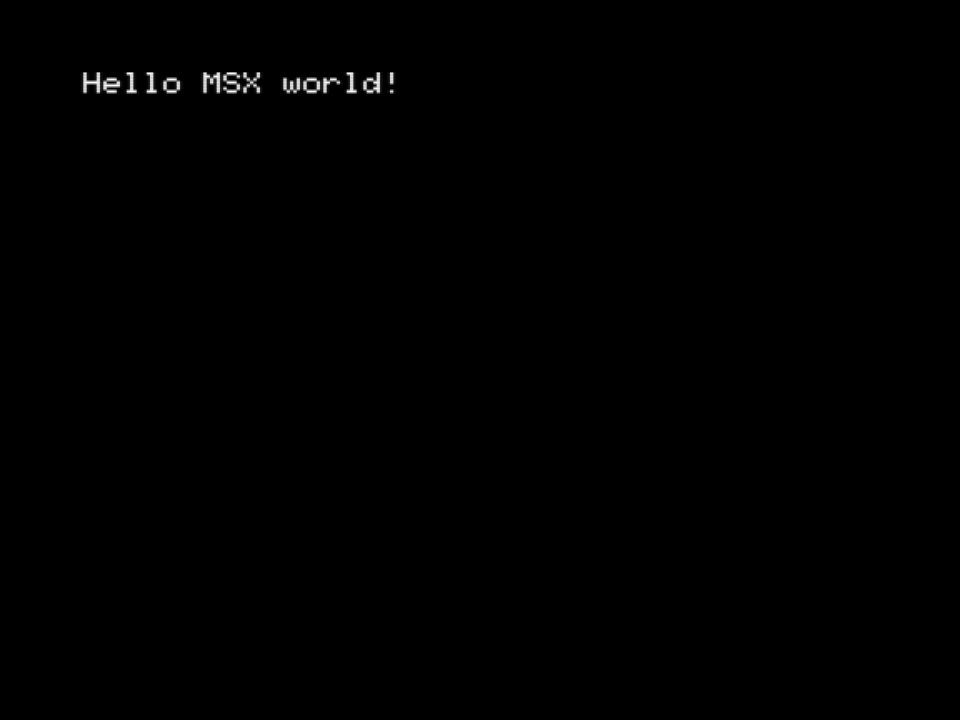
- File: s_hello.c
- State: Template:STATE/Functional
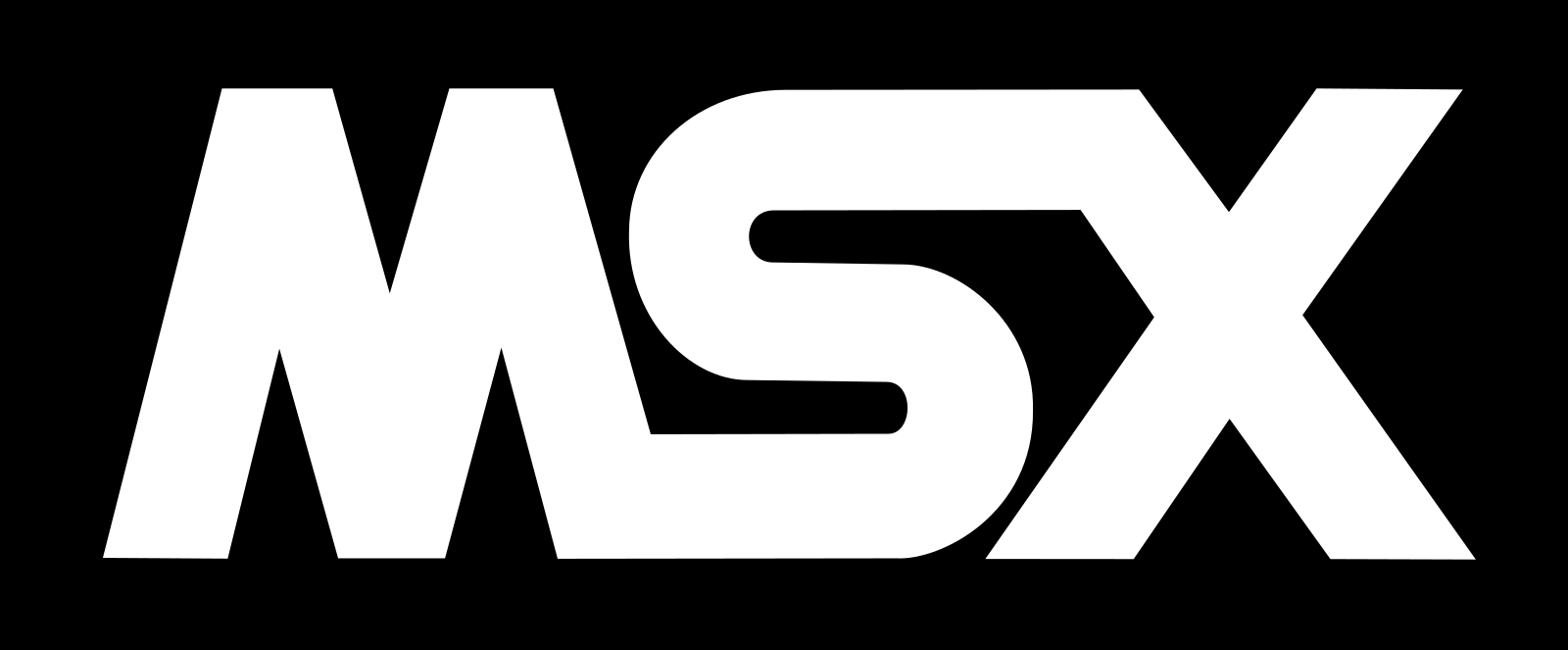
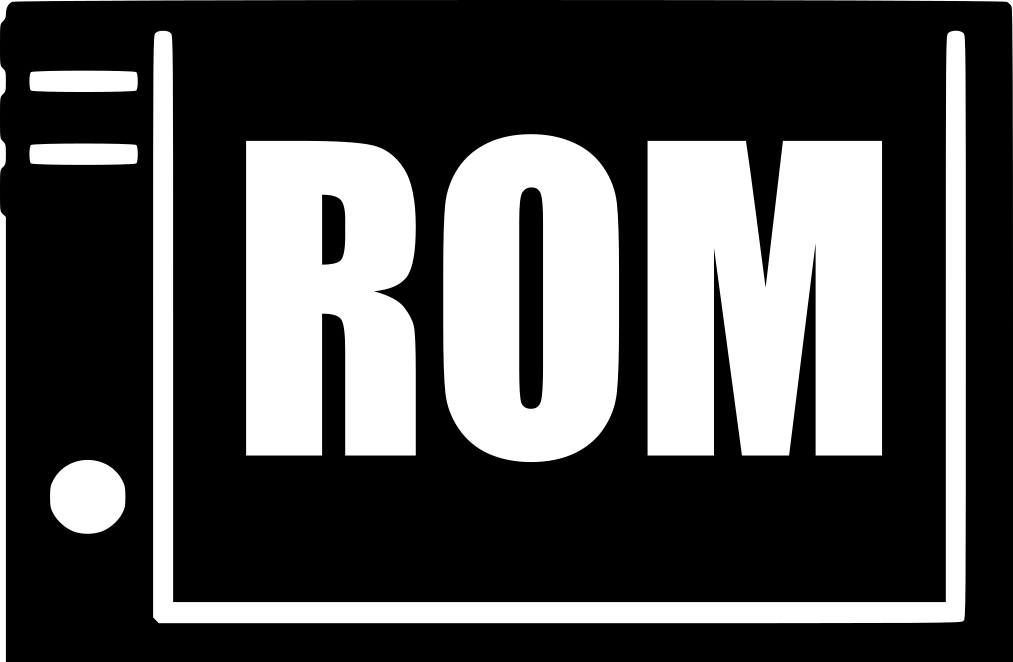 32K
32K BIOS
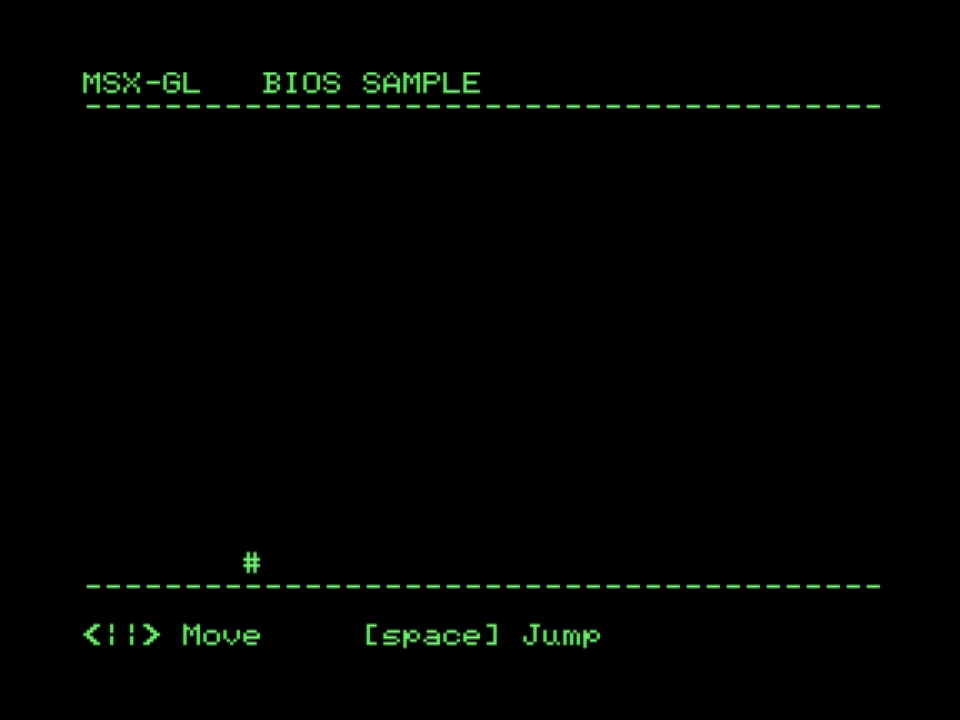
- Showcased modules:
- File: s_bios.c
- State: Template:STATE/Functional

 32K
32K Clock
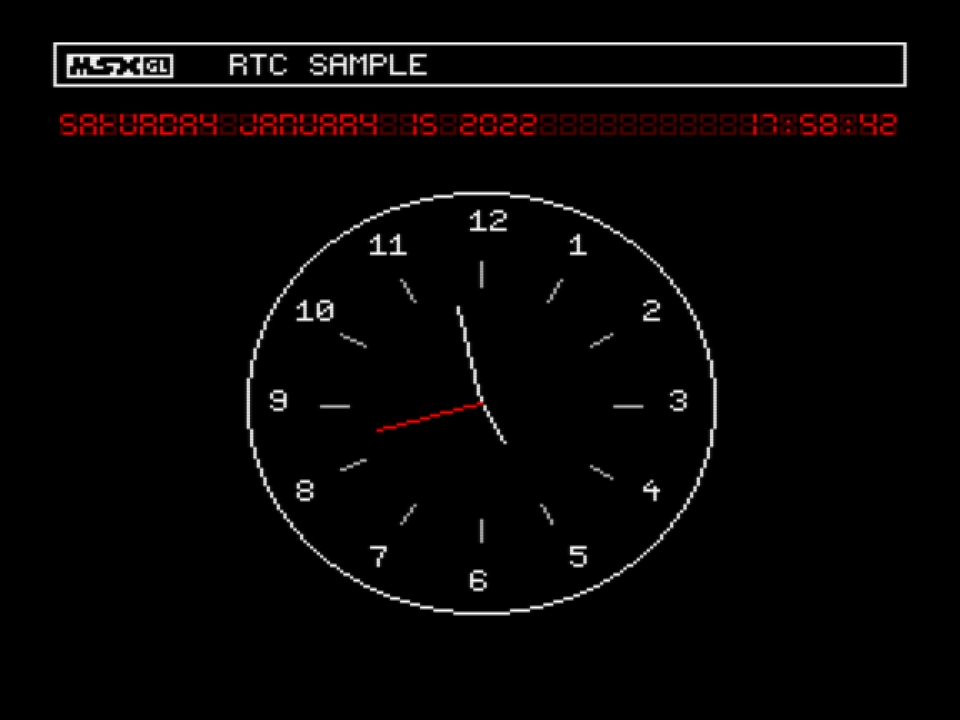
- Showcased modules:
- File: s_clock.c
- State: Template:STATE/Functional
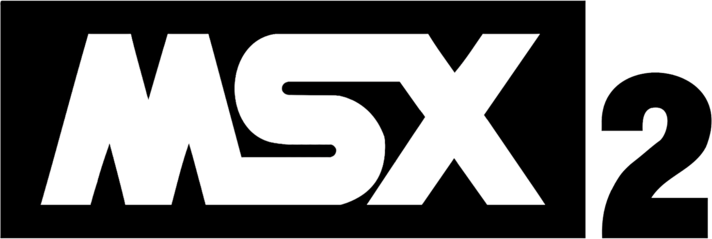
 32K
32K PSG
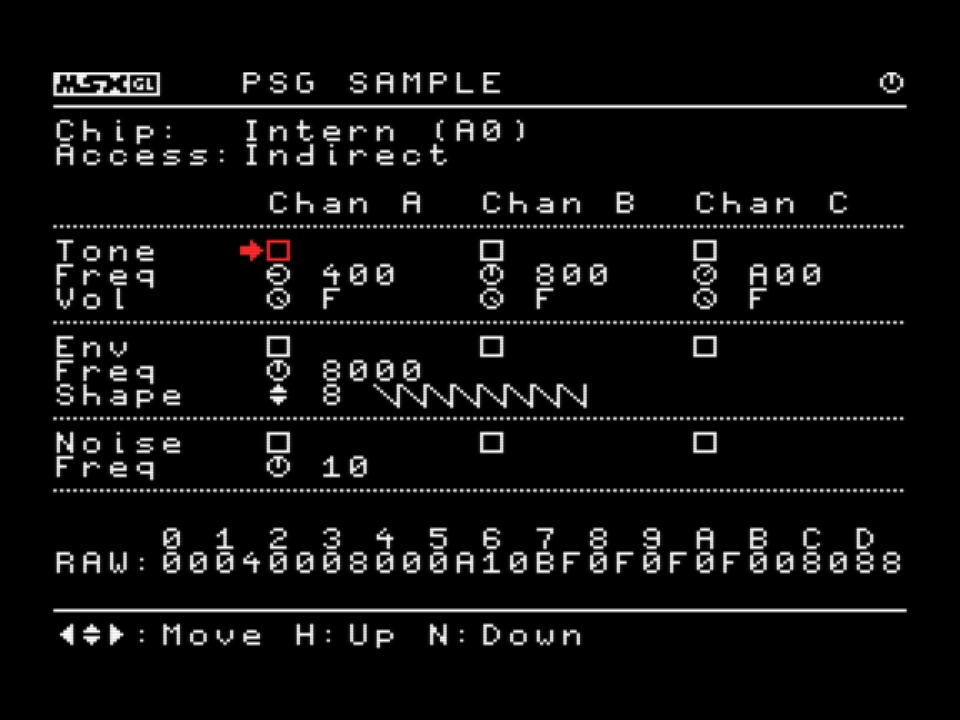
- Showcased modules:
- File: s_psg.c
- State: Template:STATE/Functional

 32K
32K System
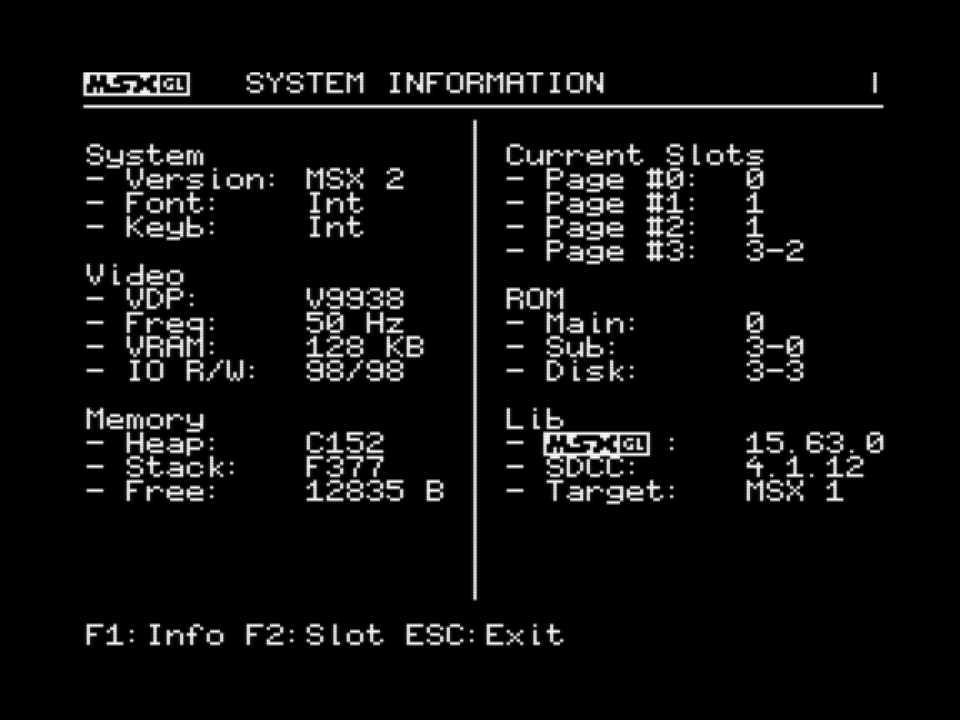
- File: s_sys.c
- State: Template:STATE/Functional

 32K
32K Render
Draw
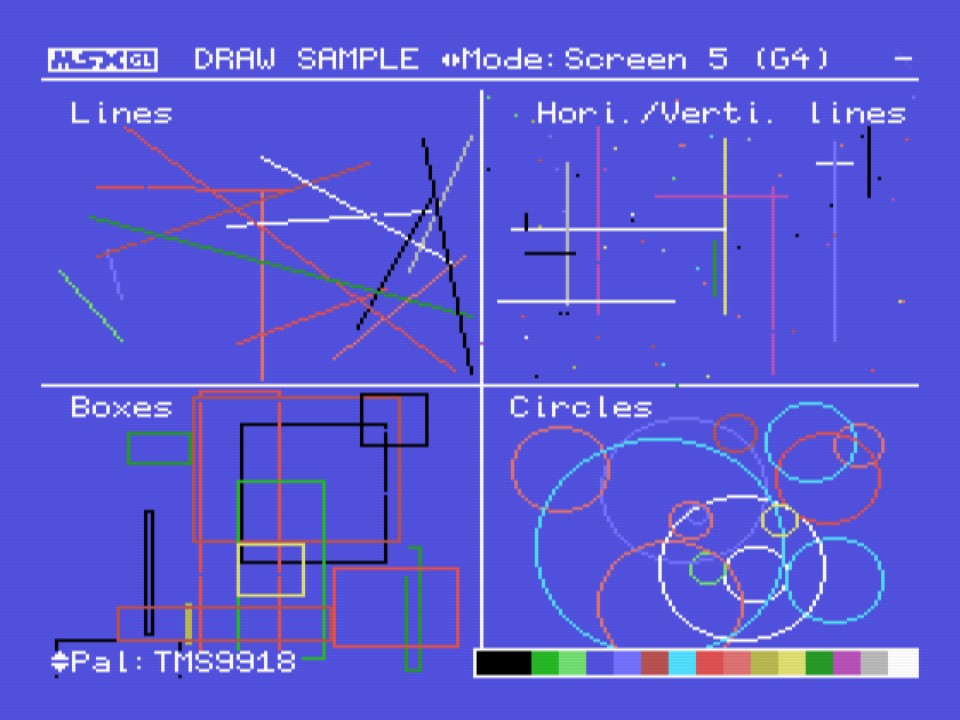

 32K
32K Graph Mode 3
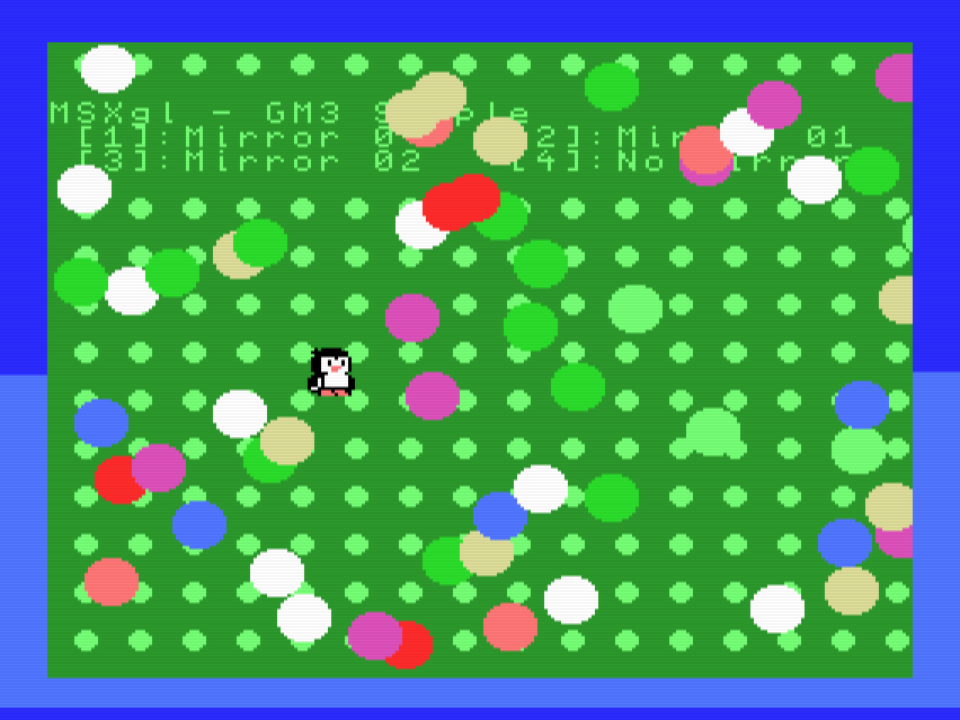
- Showcased modules:
- File: s_gm3.c
- State: Template:STATE/Functional

 32K
32K 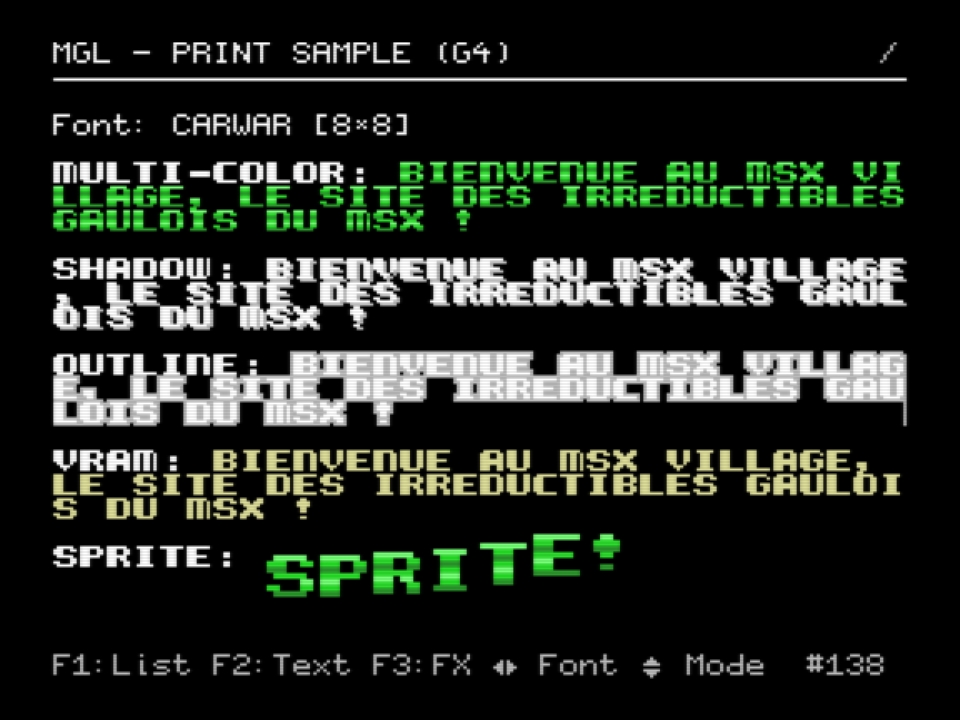
- Showcased modules:
- File: s_print.c
- State: Template:STATE/Functional

 32K
32K Scrolling
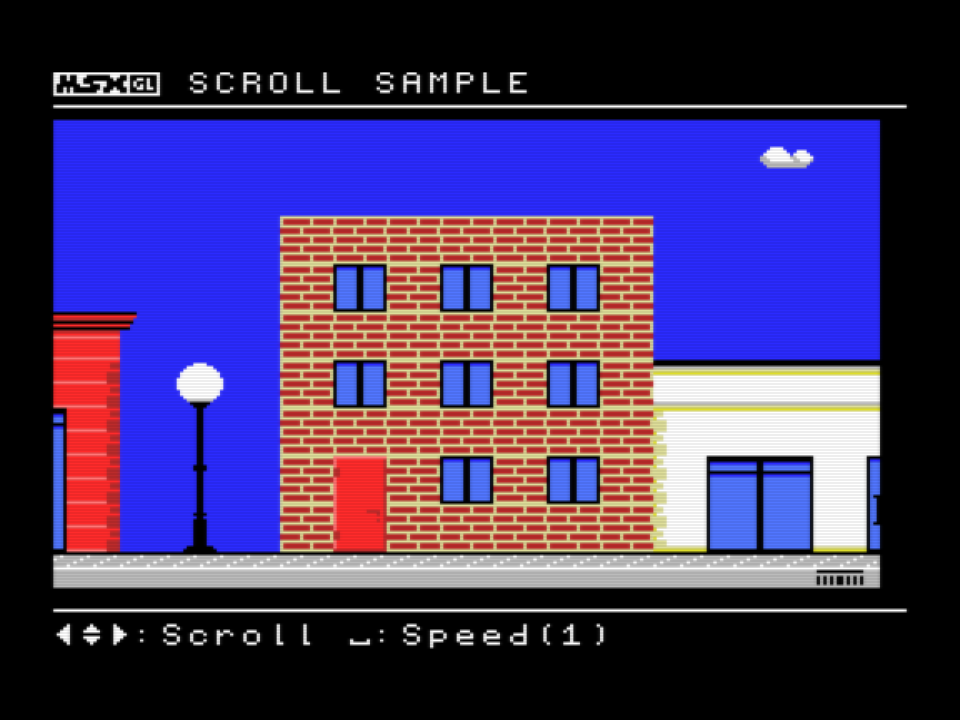
- Showcased modules:
- File: s_scroll.c
- State: Template:STATE/Functional

 32K
32K Sprite Mode 1
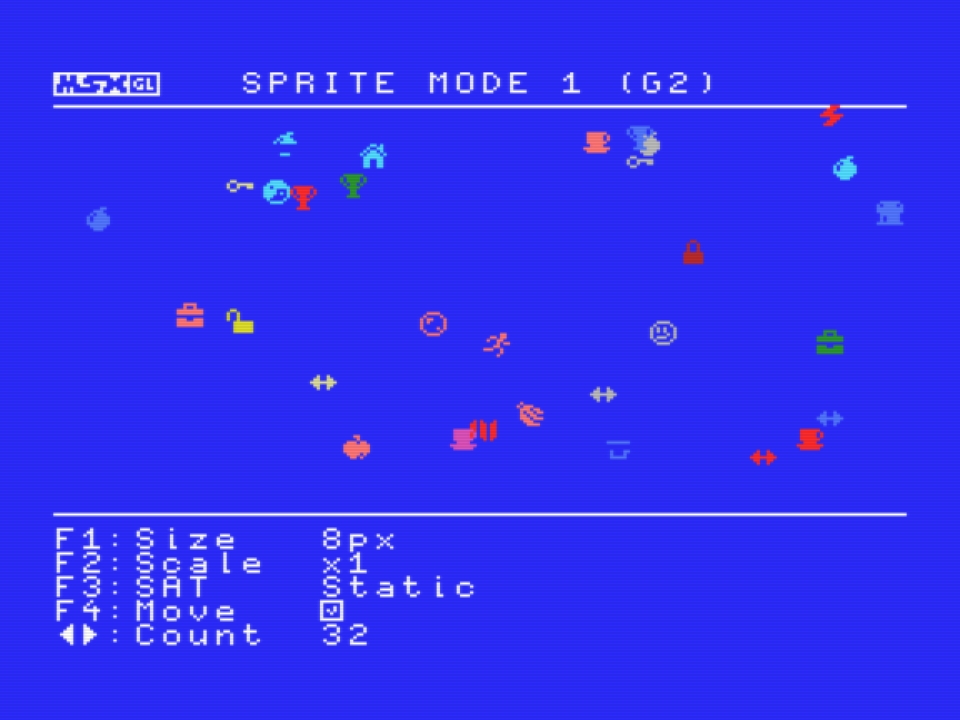
- Showcased modules:
- File: s_sm1.c
- State: Template:STATE/Functional

 32K
32K Sprite Mode 2
- Showcased modules:
- File: s_sprite.c
- State: Template:STATE/Functional

 32K
32K Sprite FX
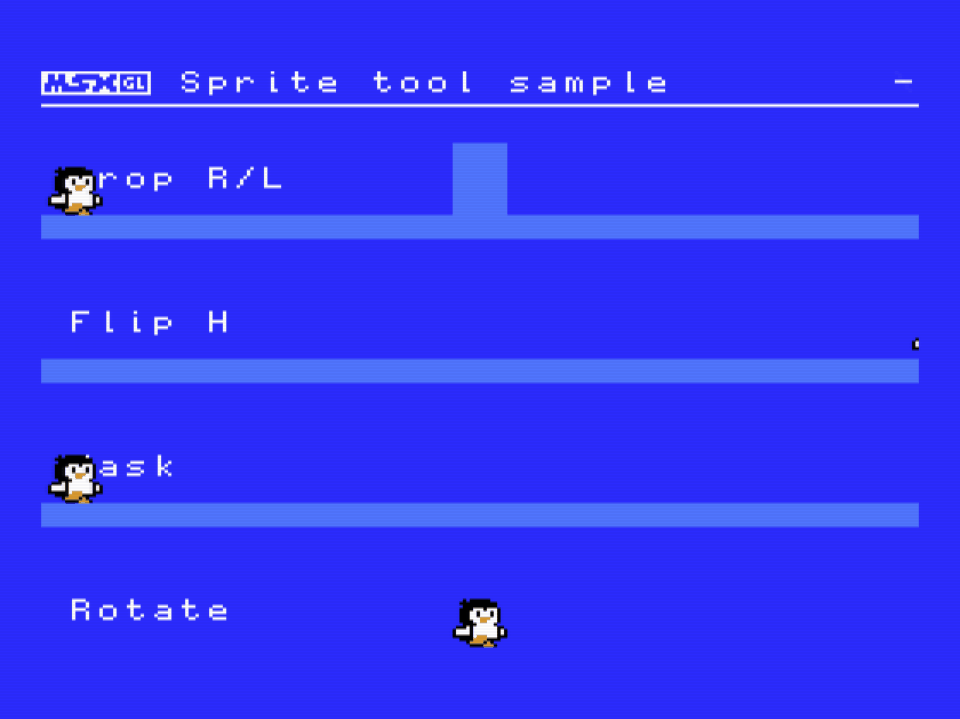
- Showcased modules:
- File: s_sprtfx.c
- State: Template:STATE/Functional

 32K
32K Software Sprite
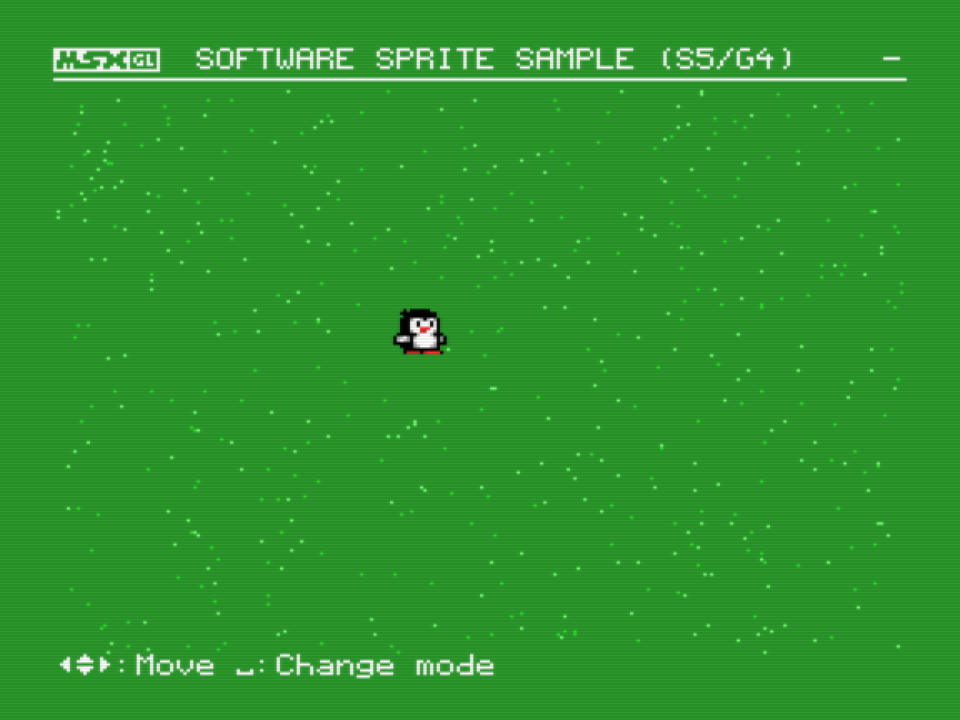
- Showcased modules:
- File: s_swsprt.c
- State: Template:STATE/Functional

 32K
32K Software Tile
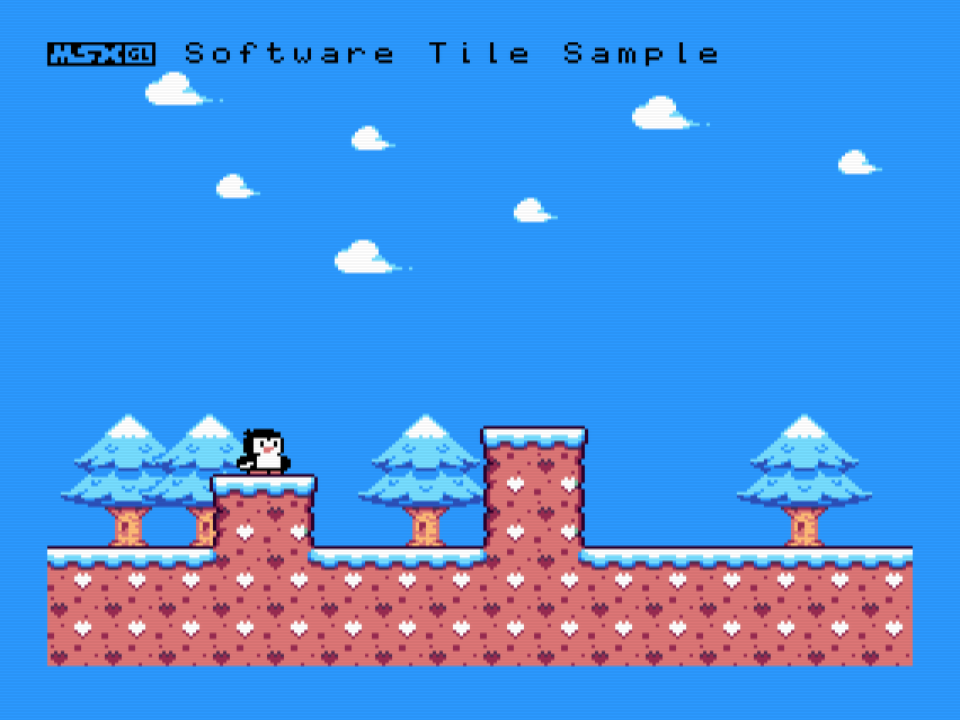
- Showcased modules:
- File: s_swtile.c
- State: Template:STATE/Functional

 32K
32K Text
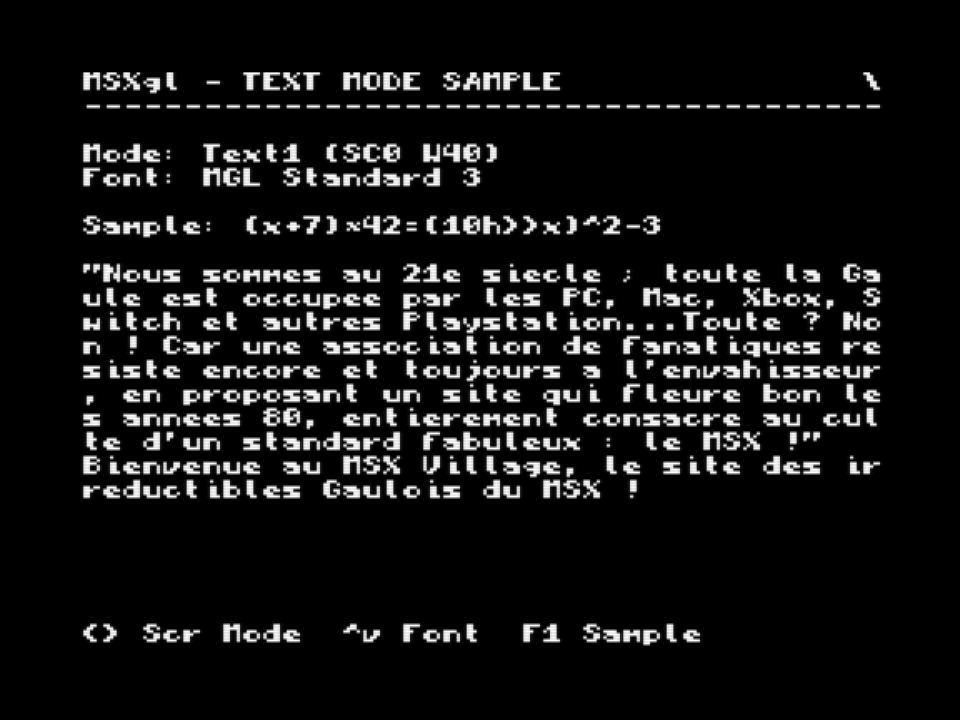
- Showcased modules:
- File: s_text.c
- State: Template:STATE/Functional


 32K
32K VDP Command
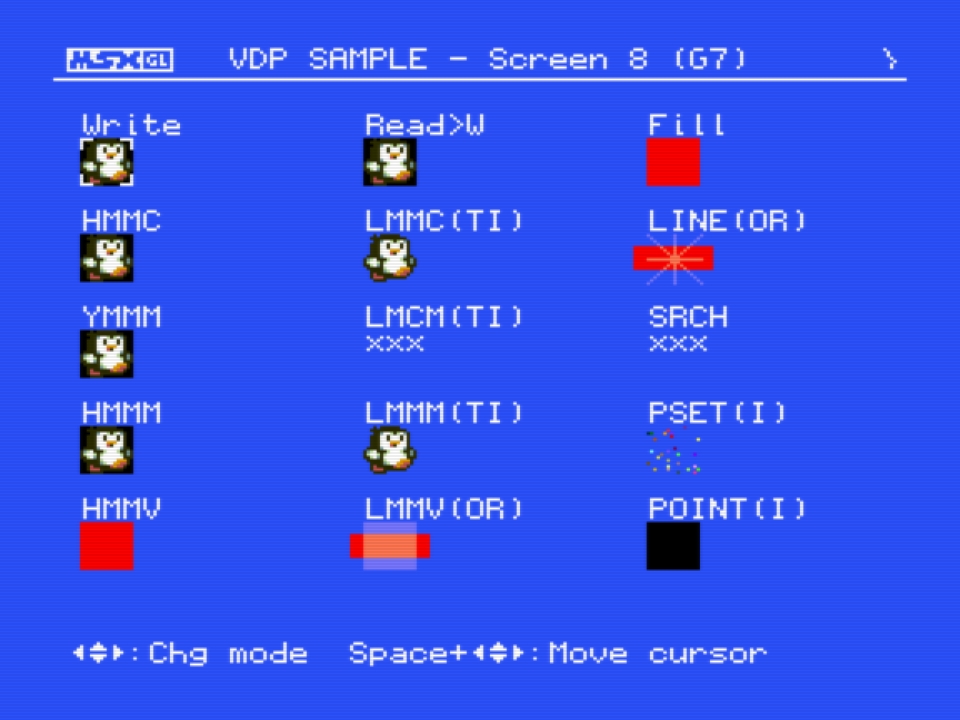
- Showcased modules:
- File: s_vdpcmd.c
- State: Template:STATE/Functional

 32K
32K Target format
Boot Disk

- Showcased modules:
- File: s_dos0.c
- State: Template:STATE/Partial

 BOOT
BOOT MSX-DOS
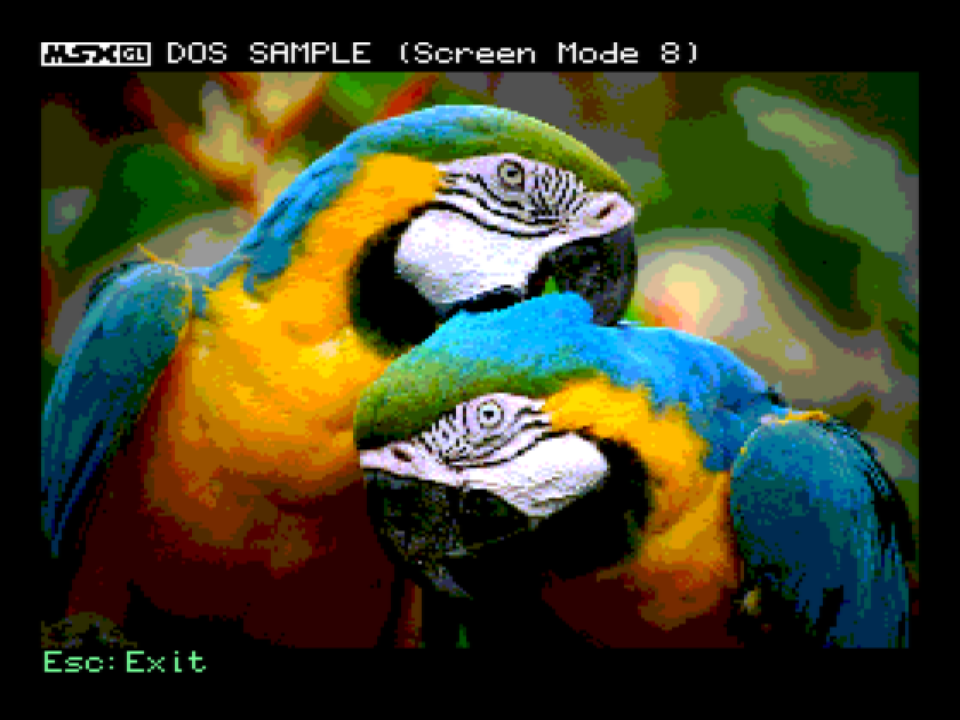
- Showcased modules:
- File: s_dos.c
- State: Template:STATE/Functional


 MSX-DOS
MSX-DOS MSX-DOS 2
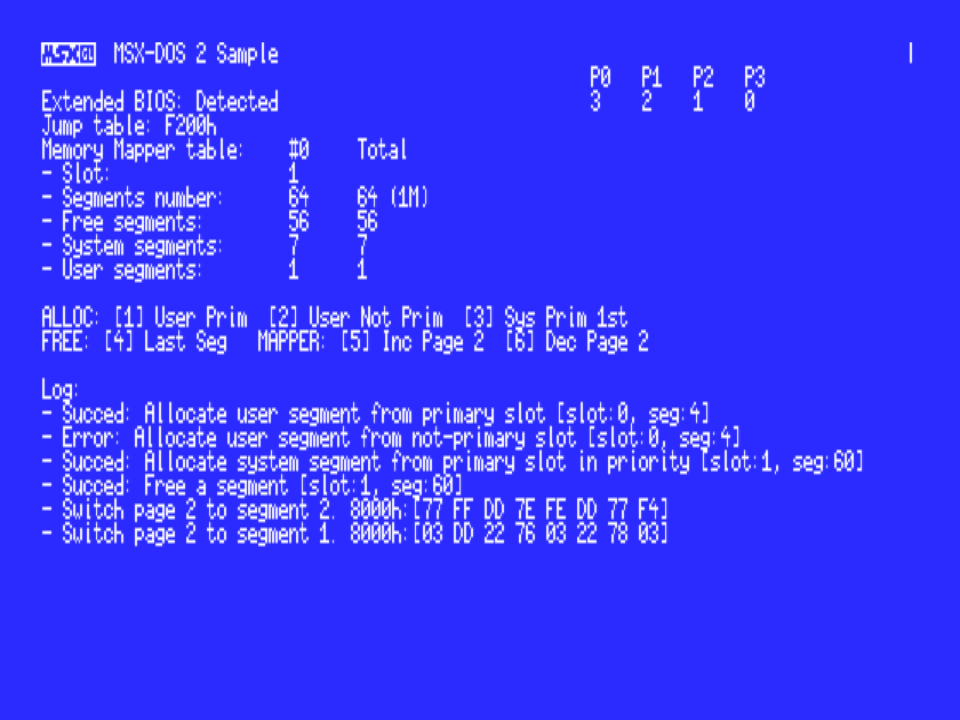
- Showcased modules:
- File: s_dos2.c
- State: Template:STATE/Functional

 MSX-DOS 2
MSX-DOS 2 Mapped ROM

- File: s_mapper.c
- State: Template:STATE/Functional

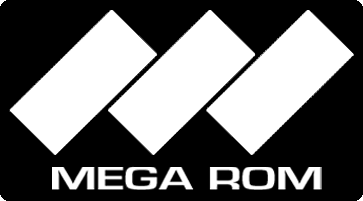 ASCII8 128K
ASCII8 128K NEO mapper
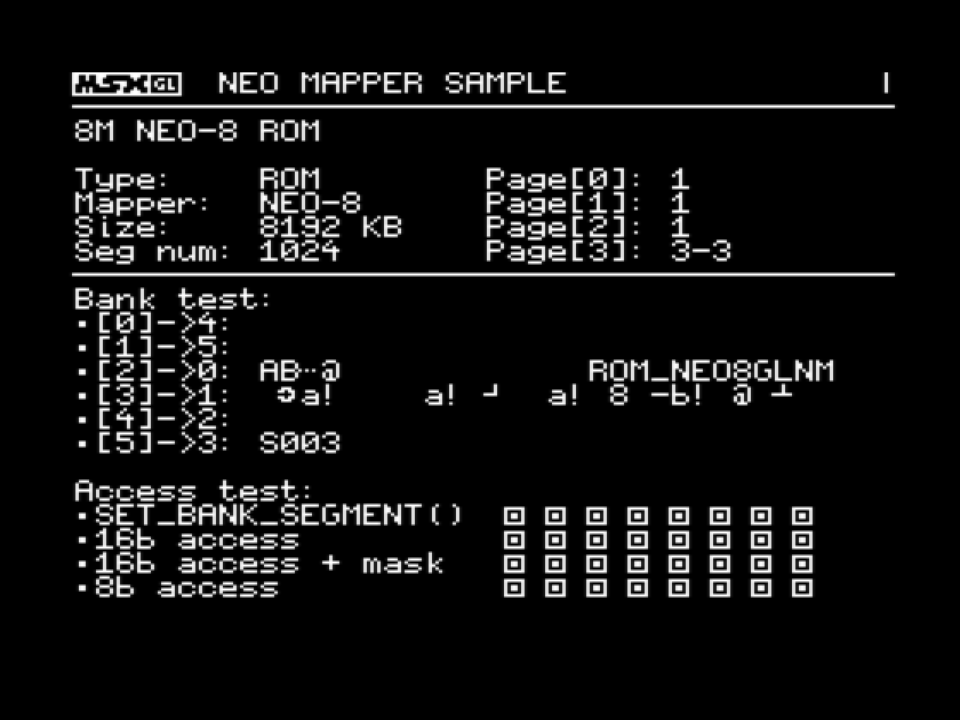
- File: s_neomap.c
- State: Template:STATE/Functional

 NEO8 8M
NEO8 8M Utilities
BASIC USR
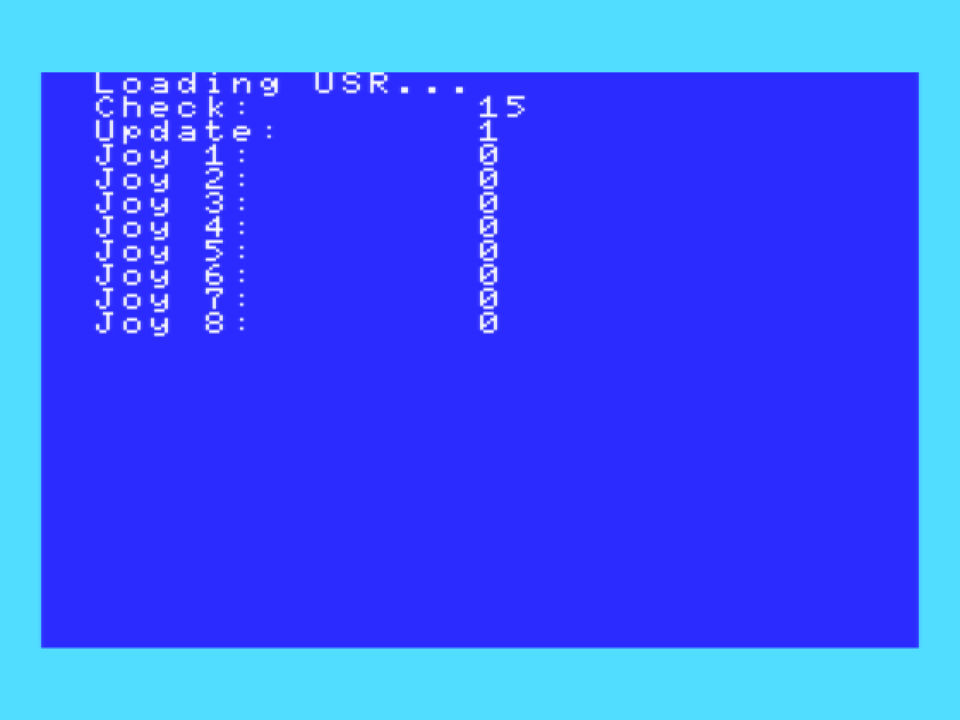
- Showcased modules:
- File: s_usr.c
- State: Template:STATE/Functional

 BIN (USR)
BIN (USR) 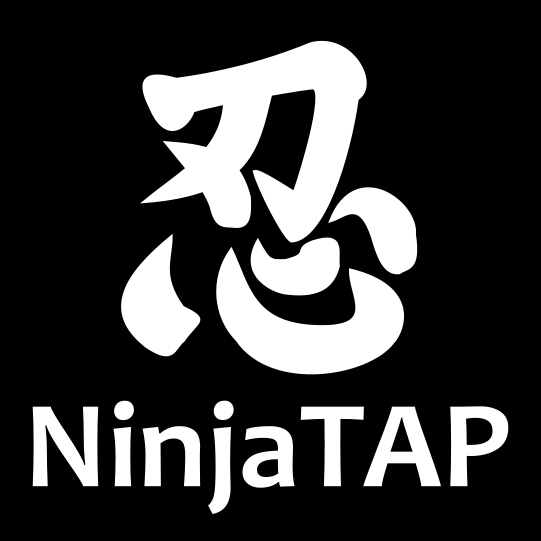
Compressor
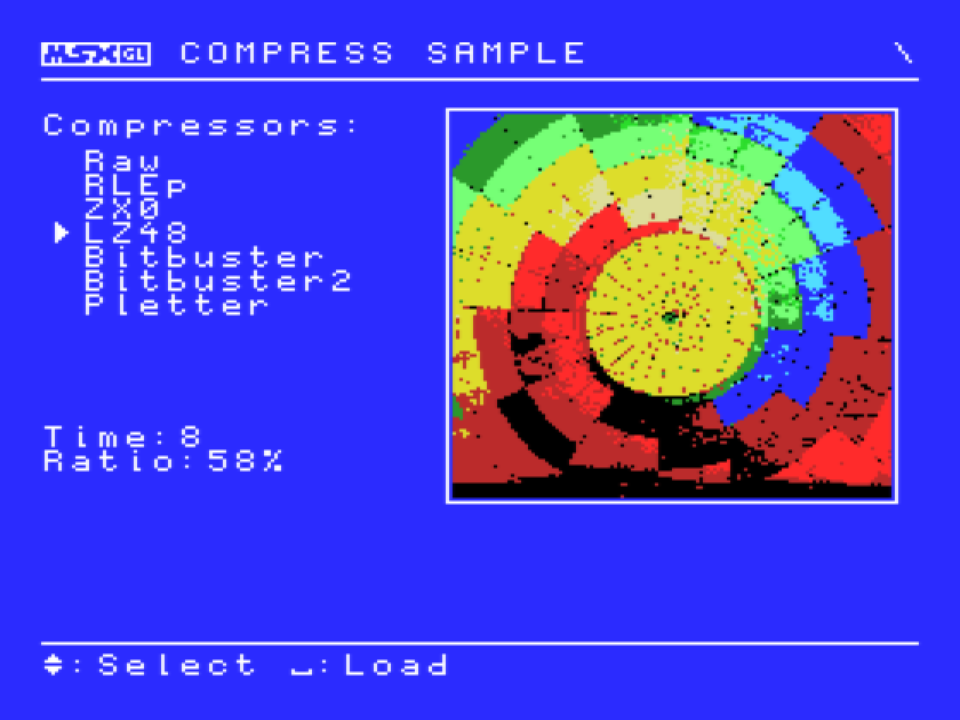
- Showcased modules:
- compress/bitbuster (doc, code)
- compress/bitbuster2 (doc, code)
- compress/lz48 (doc, code)
- compress/pletter (doc, code)
- compress/zx0 (doc, code)
- File: s_zip.c
- State: Template:STATE/Functional

 MSX-DOS
MSX-DOS Driver
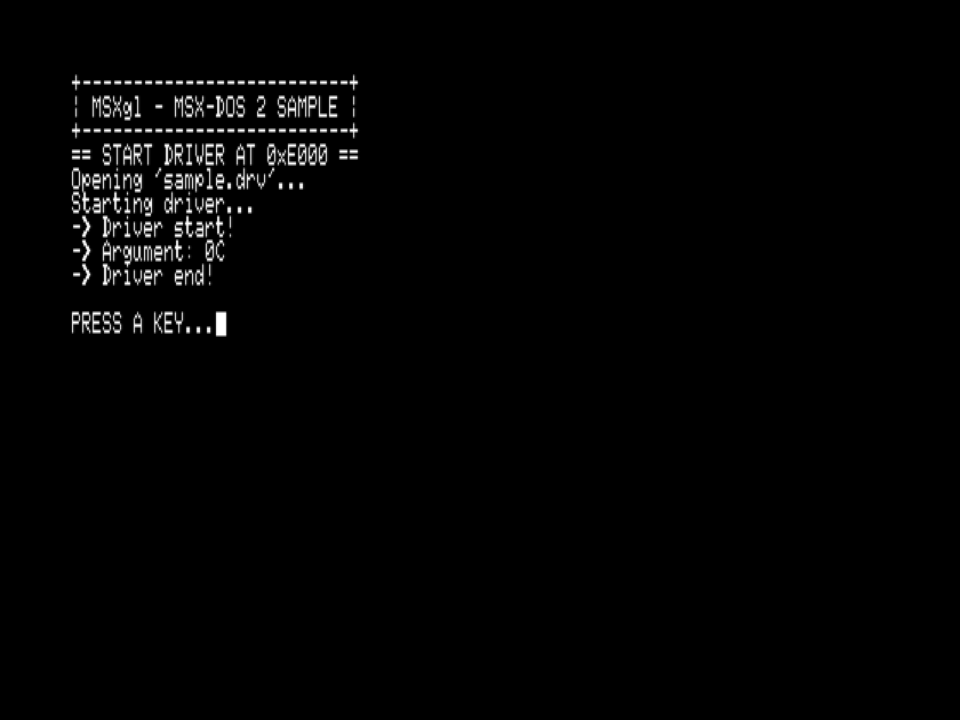
- File: s_drv.c
- State: Template:STATE/Functional

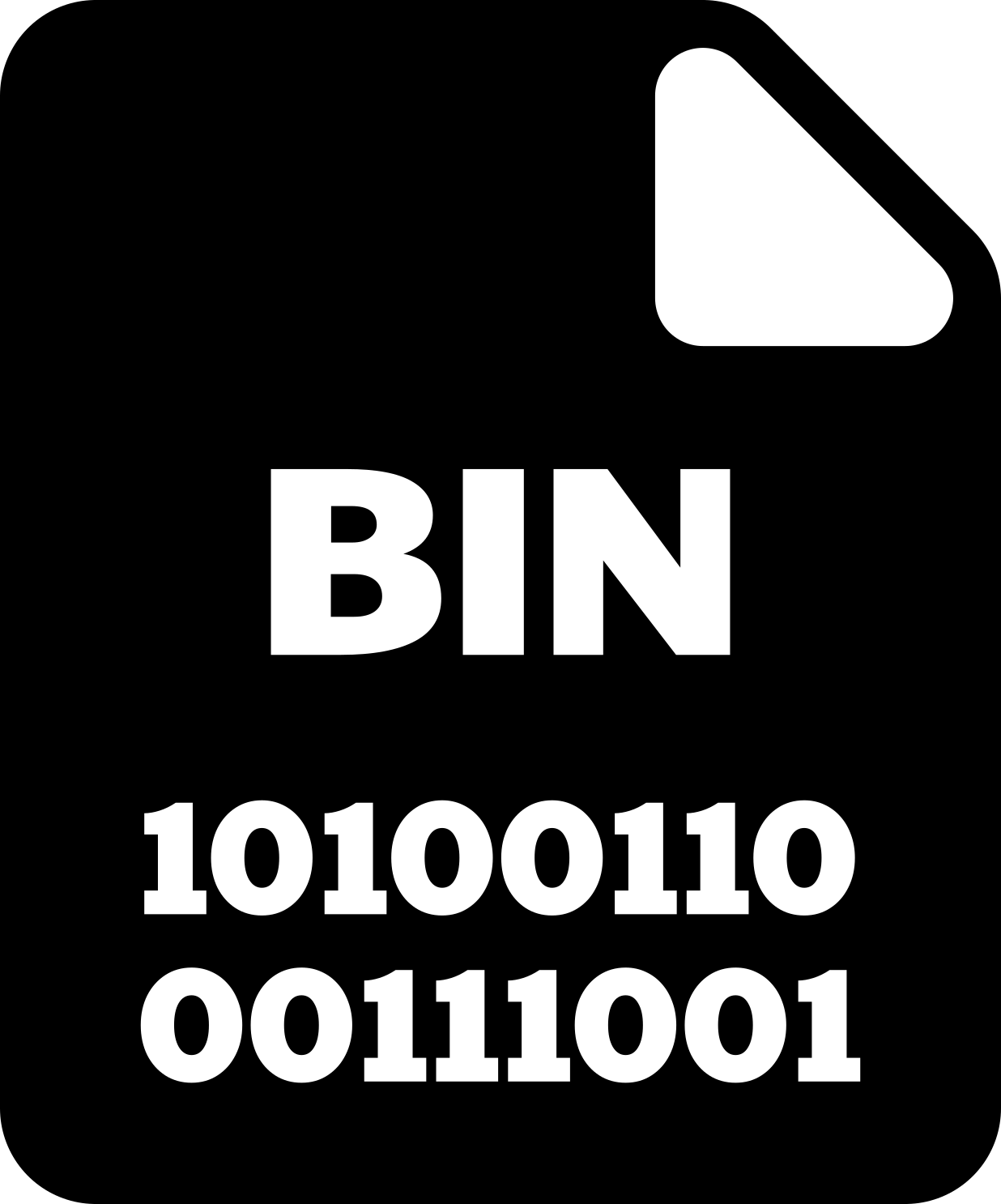
Encryption
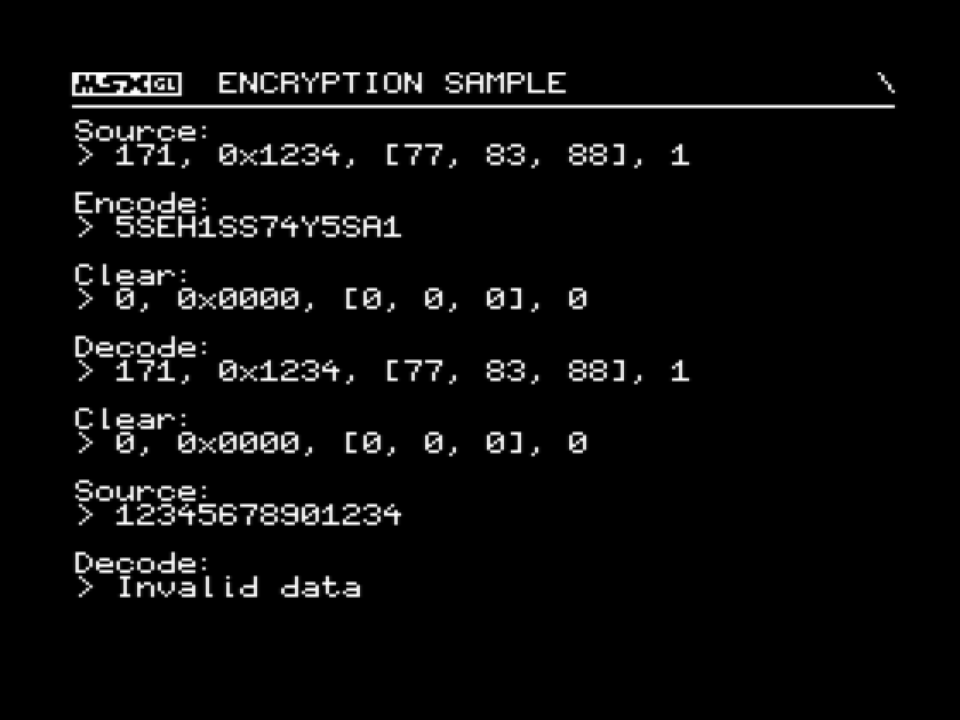
- Showcased modules:
- File: s_crypt.c
- State: Template:STATE/Functional

 32K
32K Game
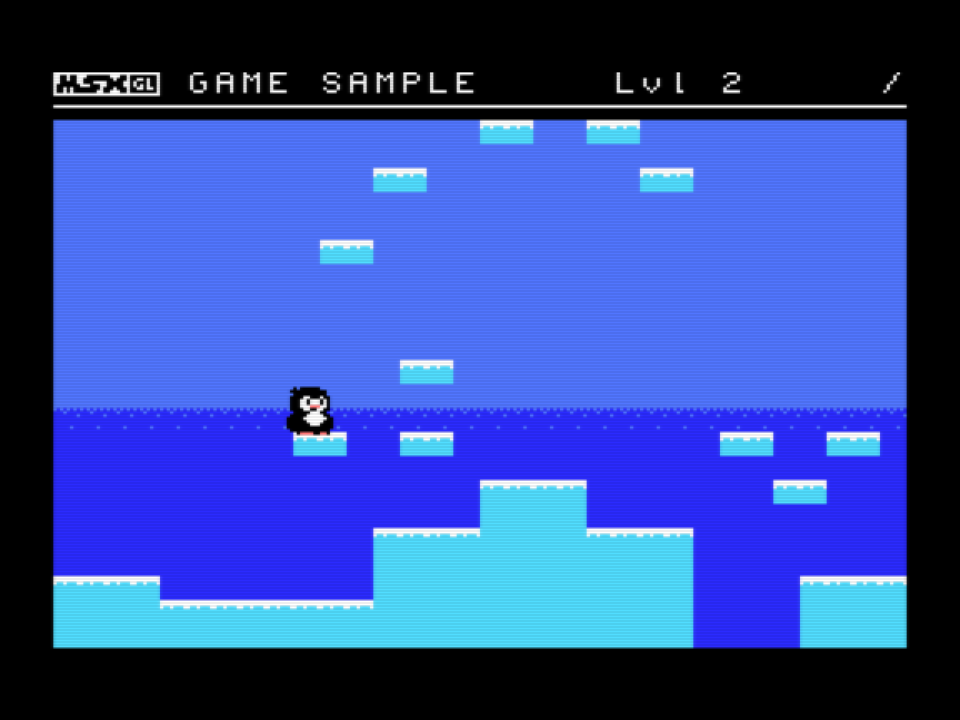
- Showcased modules:
- File: s_game.c
- State: Template:STATE/Functional

 32K
32K Localize
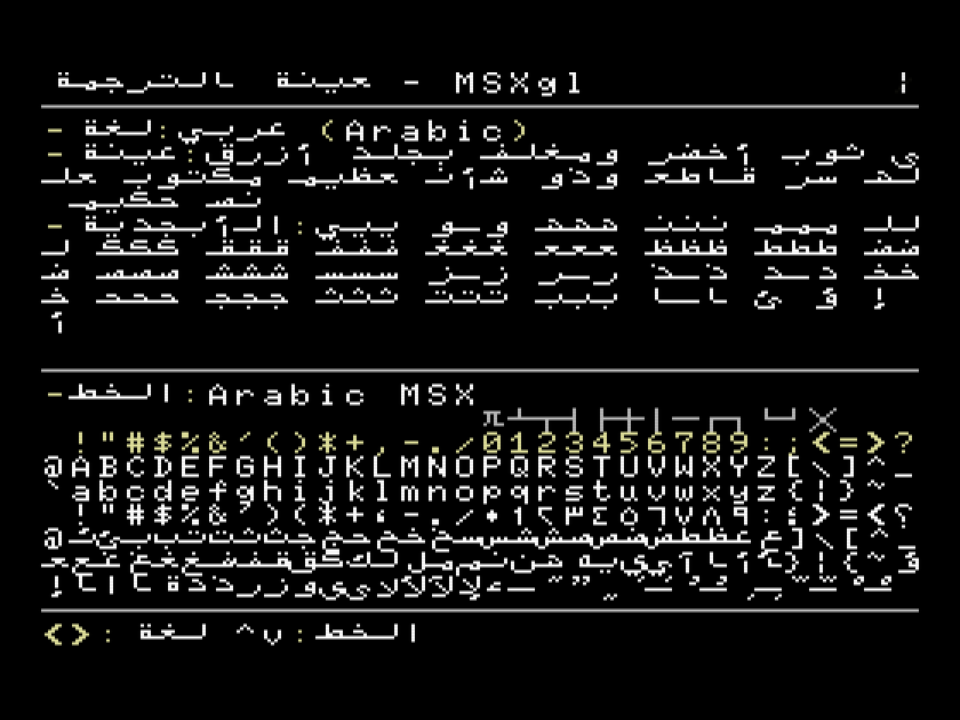
- Showcased modules:
- File: s_loc.c
- State: Template:STATE/Functional

 32K
32K Math
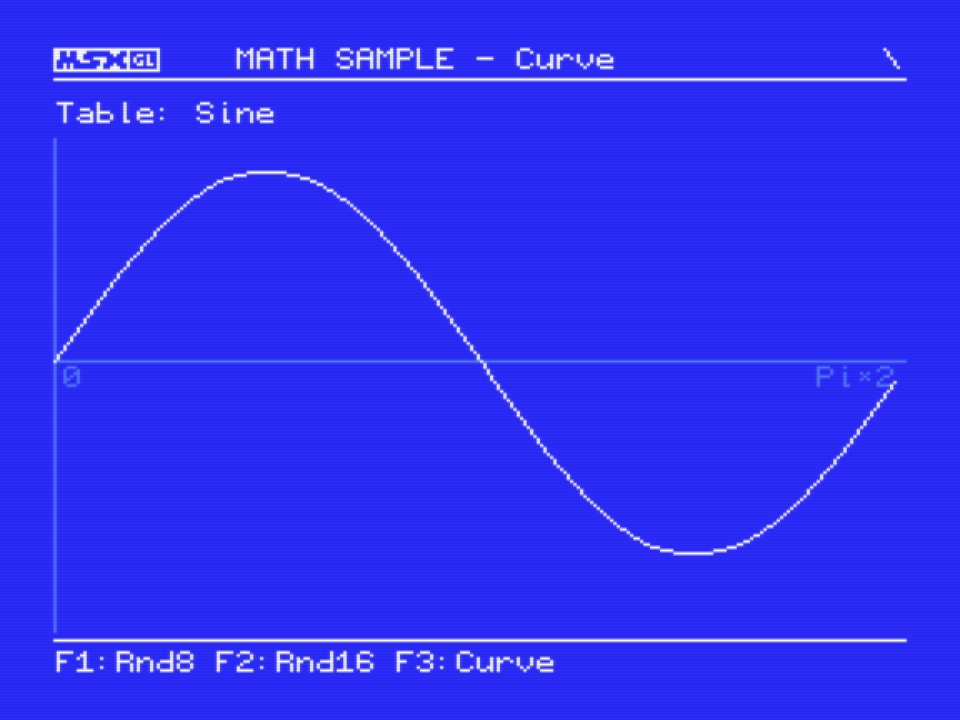
- Showcased modules:
- File: s_math.c
- State: Template:STATE/Functional

 32K
32K Menu
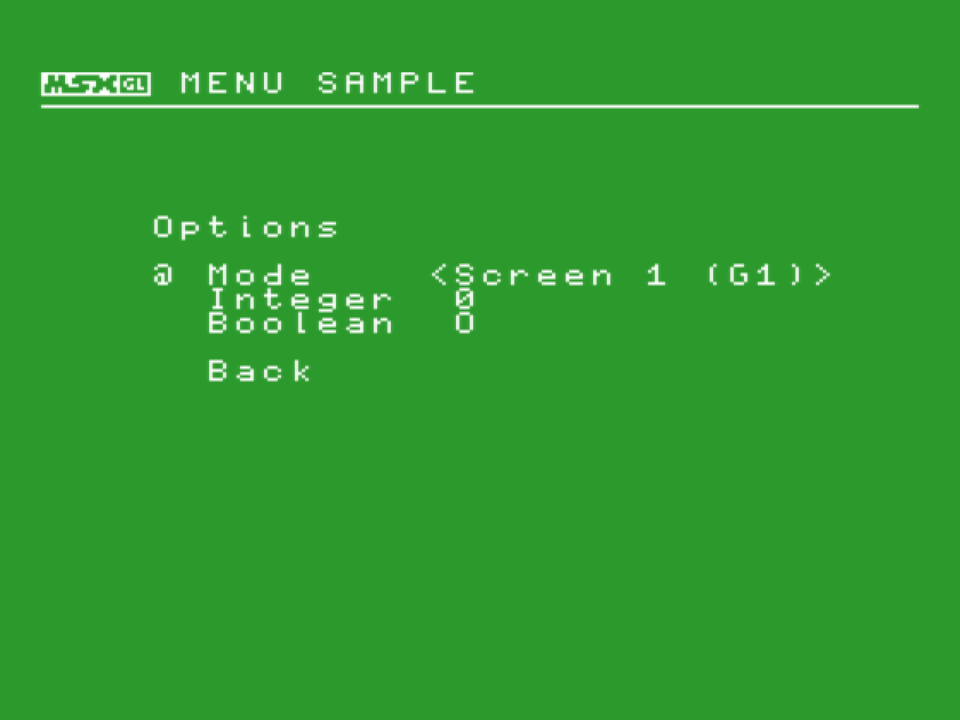
- Showcased modules:
- File: s_menu.c
- State: Template:STATE/Partial

 32K
32K QR Code
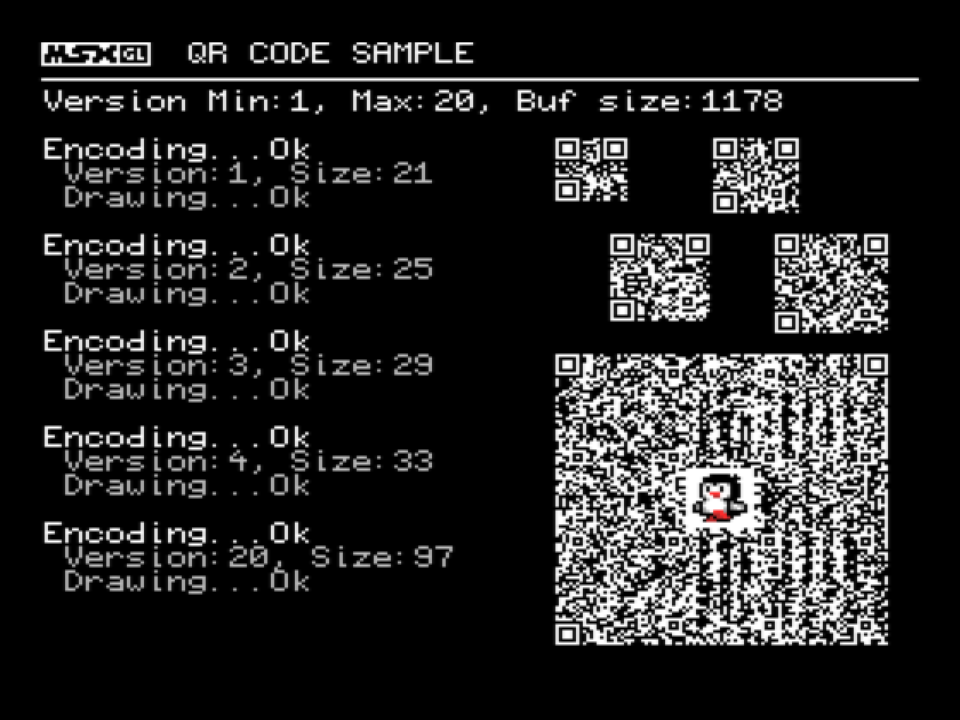
- Showcased modules:
- tool/qrcode (doc, code)
- File: s_qrcode.c
- State: Template:STATE/Functional

 32K
32K QR Code Tiny
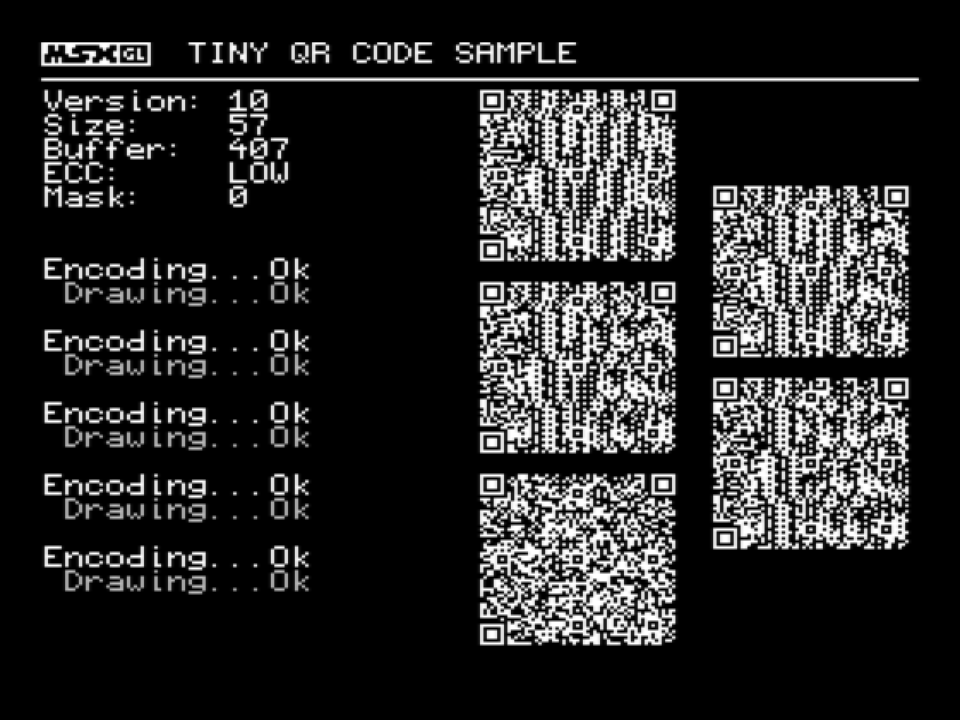
- Showcased modules:
- File: s_qrtiny.c
- State: Template:STATE/Functional

 32K
32K Save
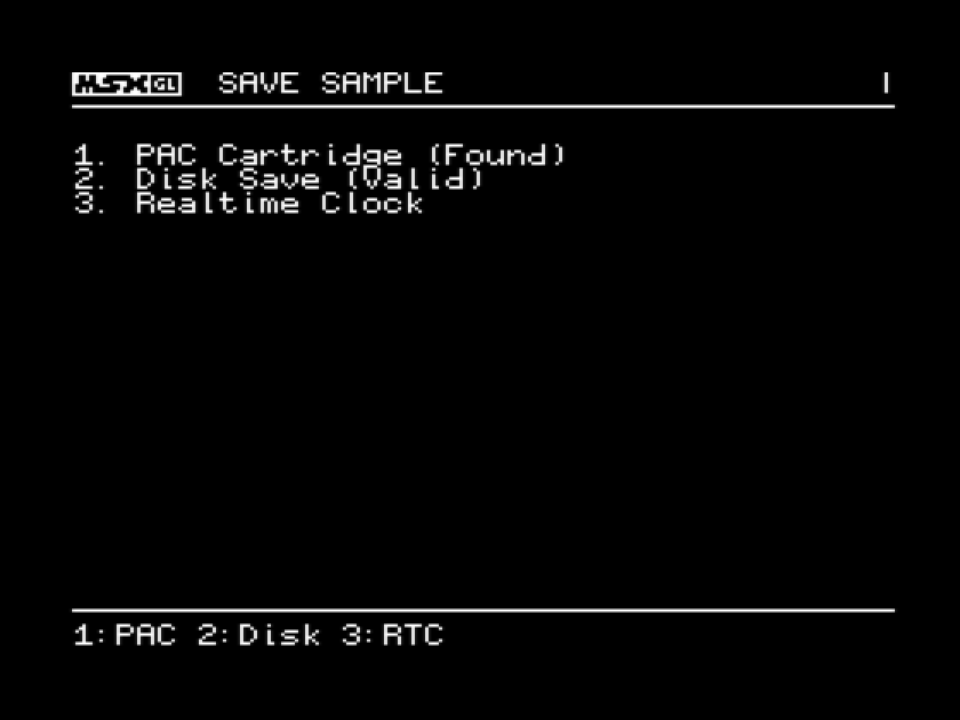
- Showcased modules:
- tool/disk_save (doc, code)
- device/pac (doc, code)
- File: s_save.c
- State: Template:STATE/Functional

 32K
32K WaveGame
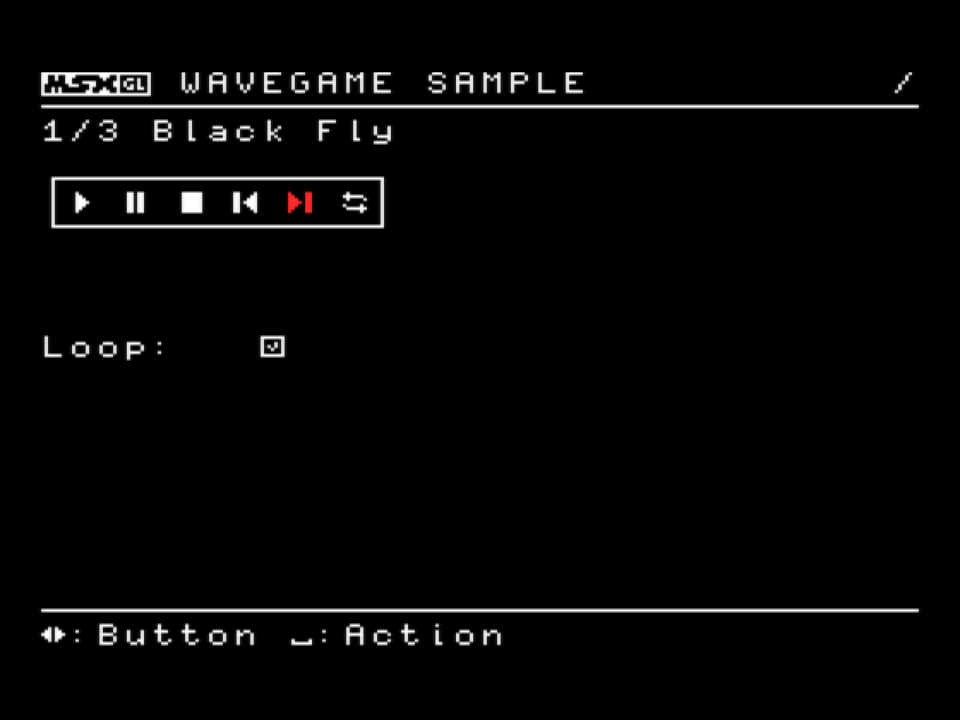
- Showcased modules:
- File: s_wavegm.c
- State: Template:STATE/Functional

 32K
32K Devices
Joystick
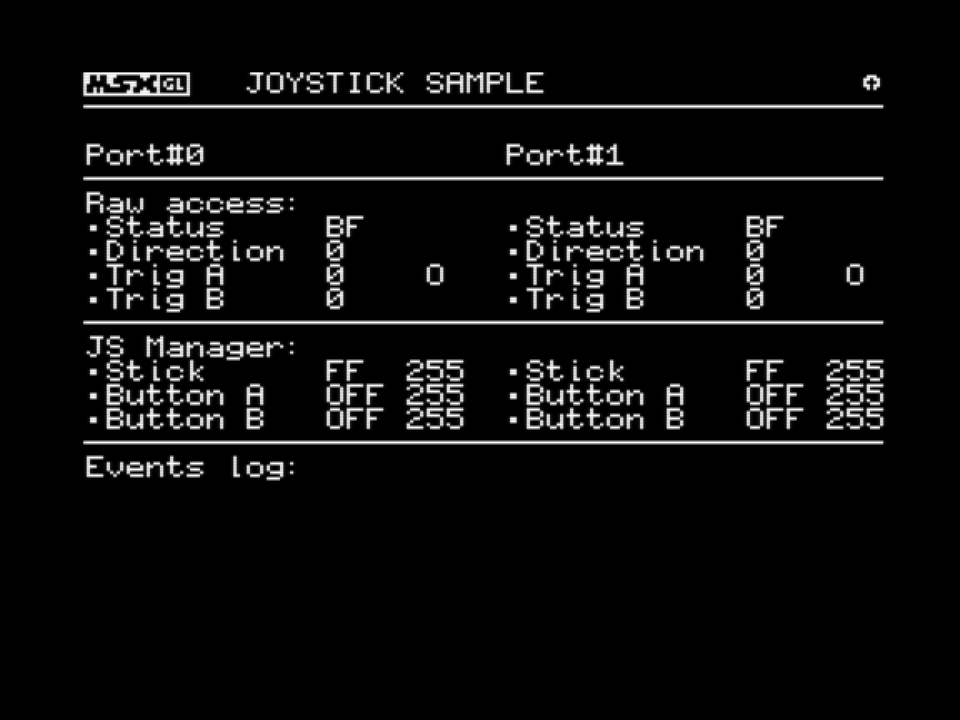
- Showcased modules:
- File: s_joystk.c
- State: Template:STATE/Functional

 32K
32K Keyboard
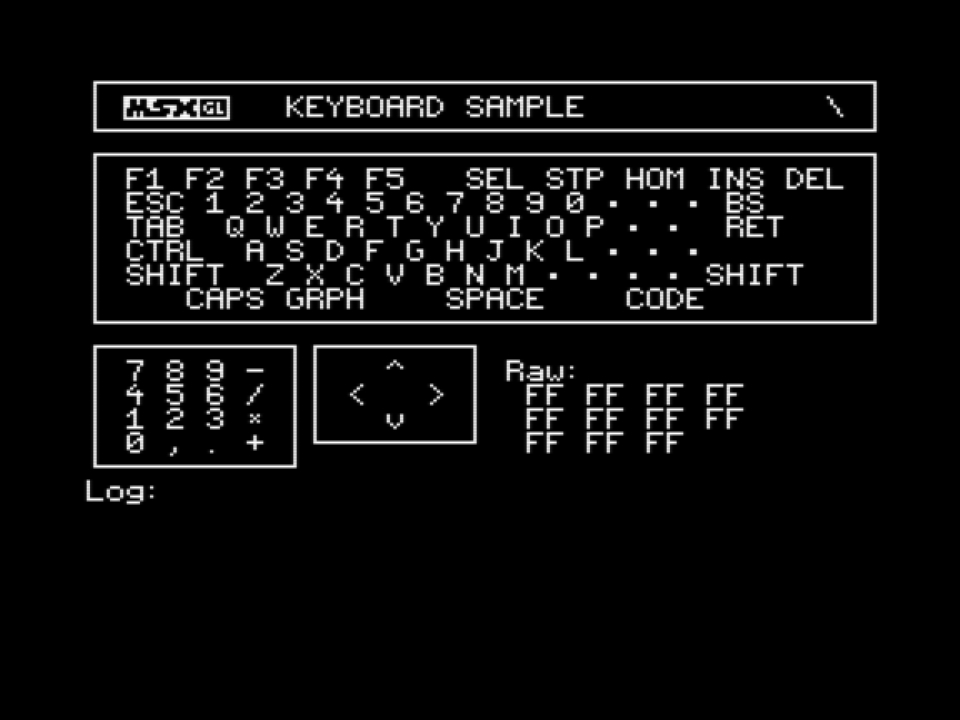
- Showcased modules:
- File: s_keybrd.c
- State: Template:STATE/Functional

 32K
32K Mouse
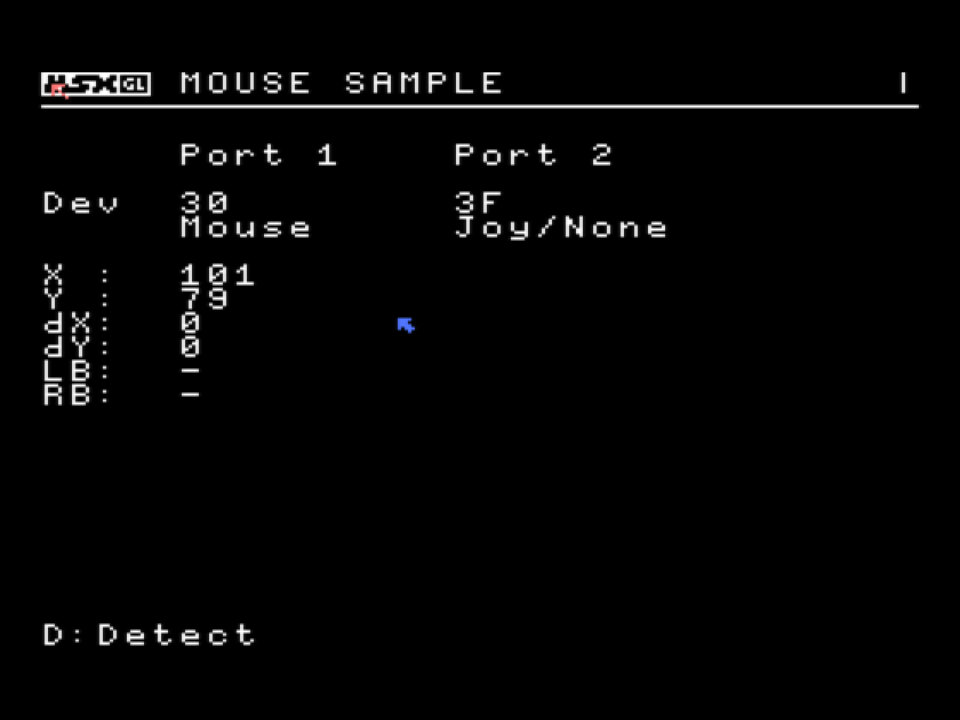
- Showcased modules:
- File: s_mouse.c
- State: Template:STATE/Functional

 32K
32K Ninja Tap
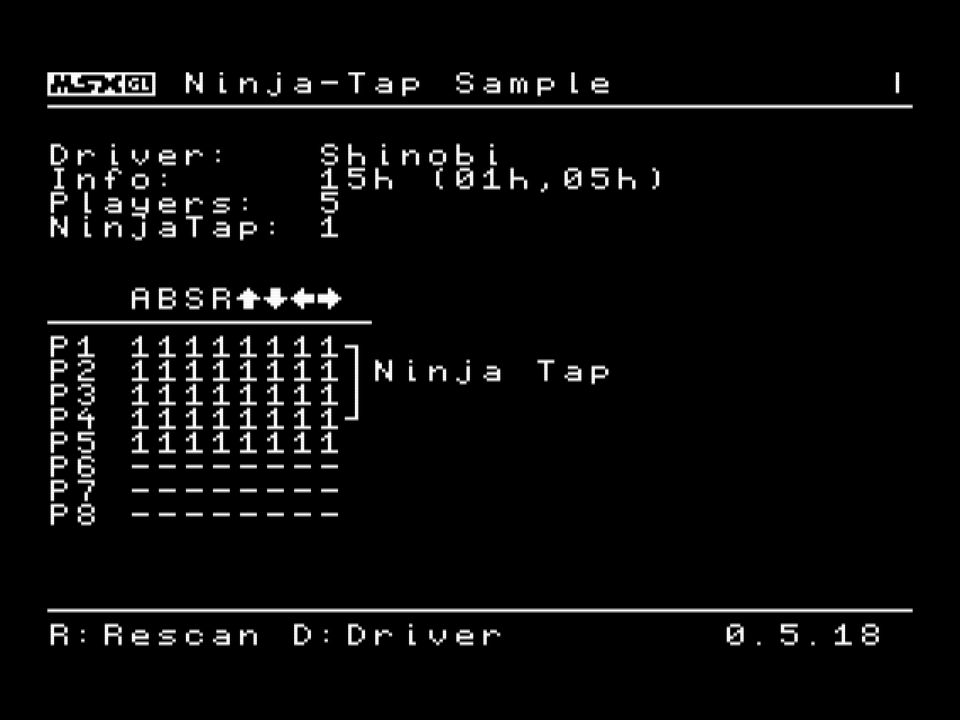
- Showcased modules:
- File: s_ntap.c
- State: Template:STATE/Functional

 32K
32K 
JoyMega
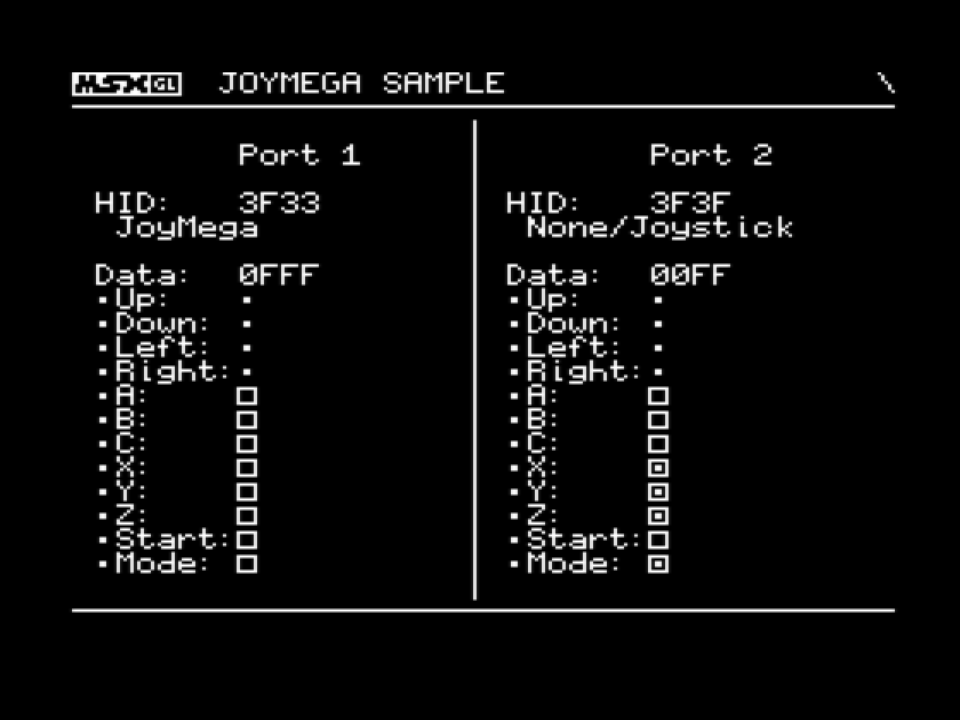
- Showcased modules:
- device/joymega (doc, code)
- device/msx-hid (doc, code)
- File: s_jmega.c
- State: Template:STATE/Functional
Lightgun

- Showcased modules:
- File: s_lgun.c
- State: Template:STATE/Partial

 32K
32K ObsoNET

- Showcased modules:
- File: s_onet.c
- State: 🚧 Work in progress

 16K OBSONET
16K OBSONETPAC
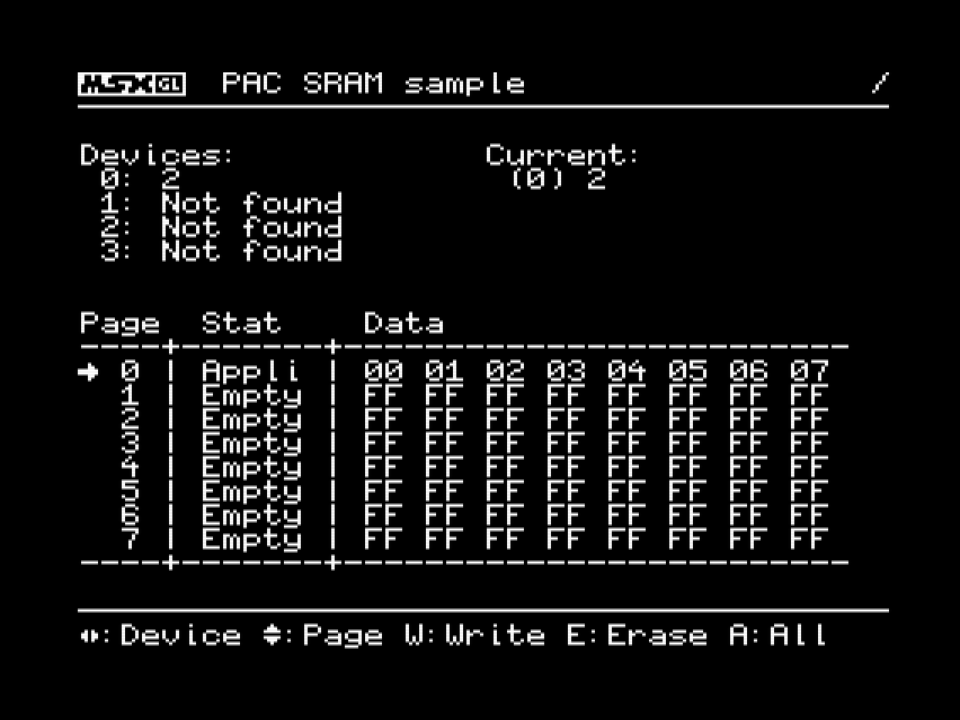
- Showcased modules:
- device/pac (doc, code)
- File: s_pac.c
- State: Template:STATE/Functional

 32K
32K 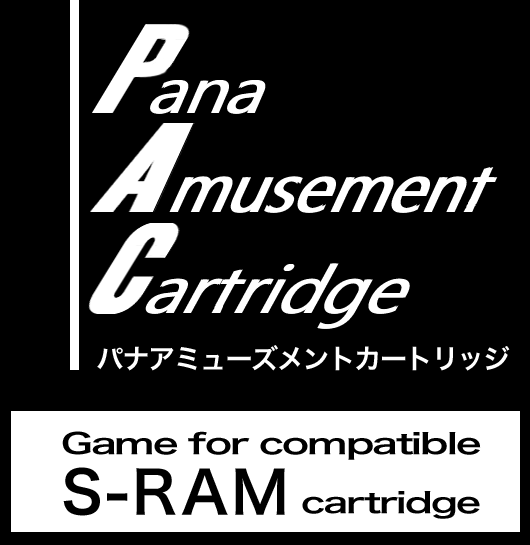
Paddle
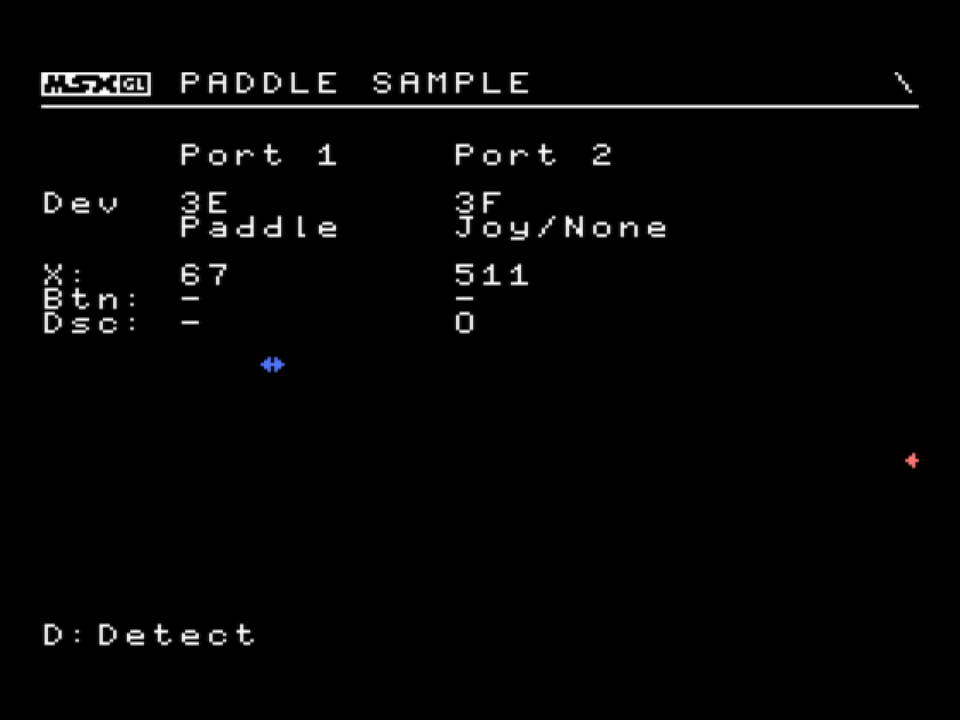
- Showcased modules:
- device/paddle (doc, code)
- File: s_paddle.c
- State: Template:STATE/Functional

 48K (ISR) PADDLE
48K (ISR) PADDLEV9990
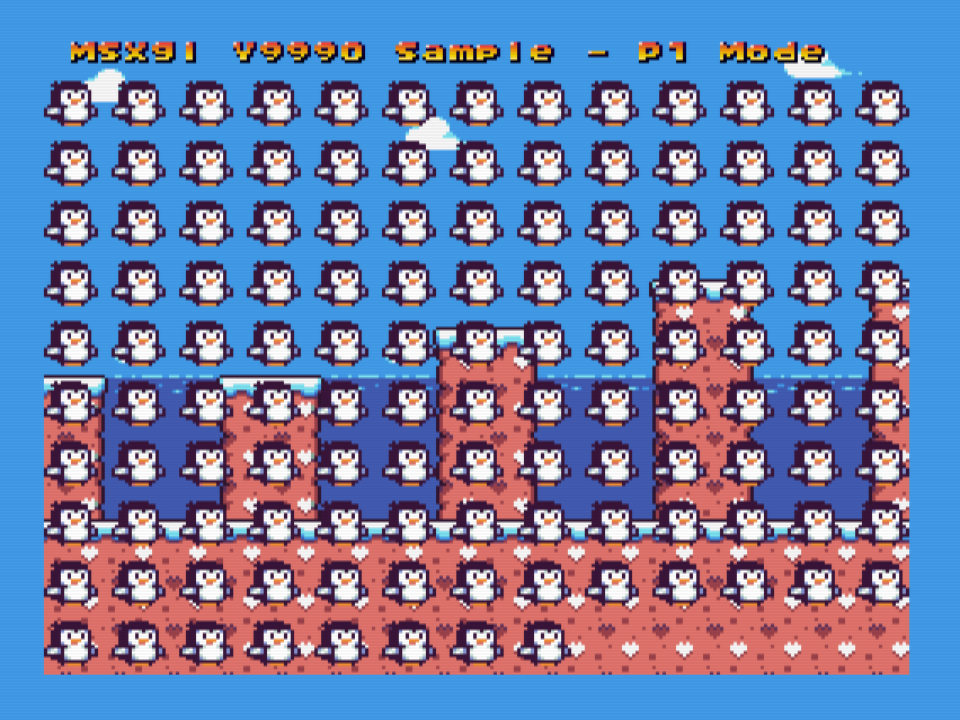
- Showcased modules:
- File: s_v9990.c
- State: Template:STATE/Functional

 32K
32K 
Audio Format
Arkos
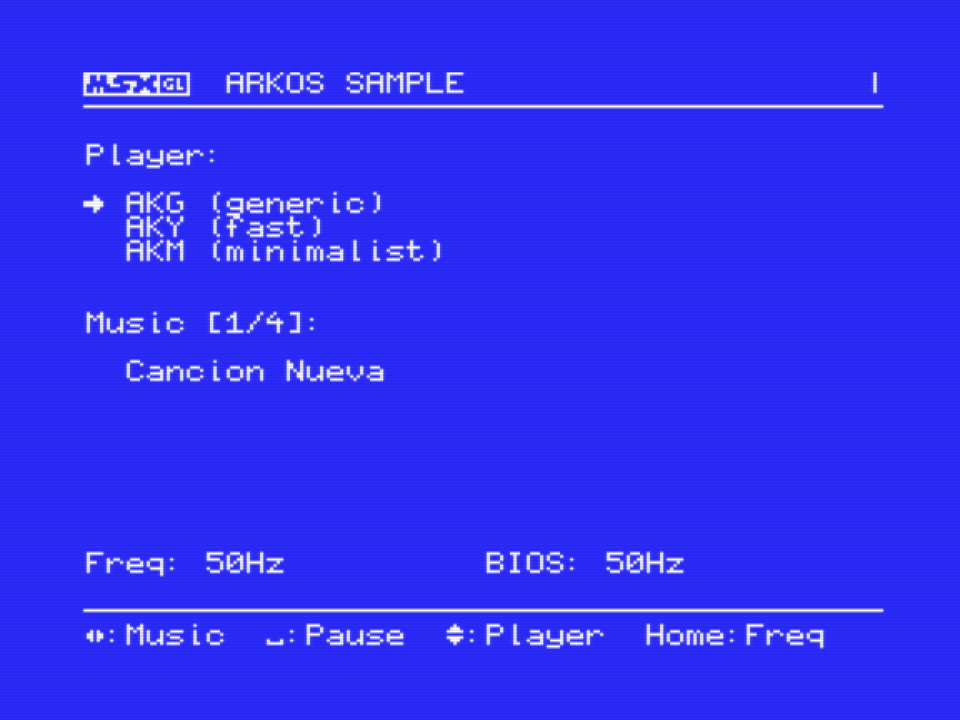
- Showcased modules:
- File: s_arkos.c
- State: Template:STATE/Functional

 ASCII8 128K
ASCII8 128K ayFX
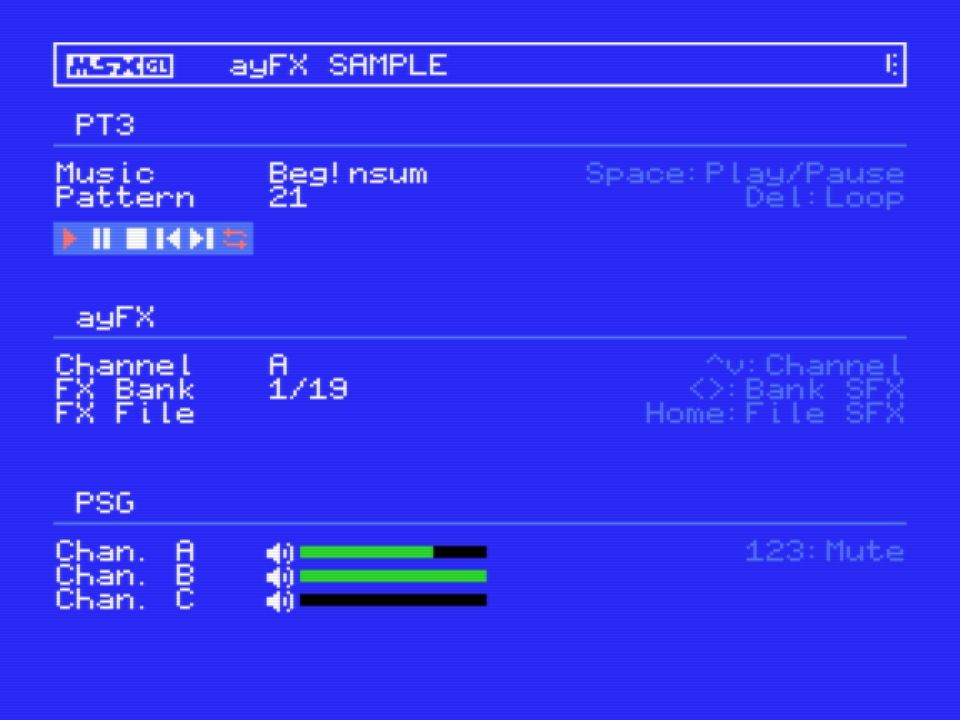
- Showcased modules:
- File: s_ayfx.c
- State: Template:STATE/Functional

 32K
32K lVGM
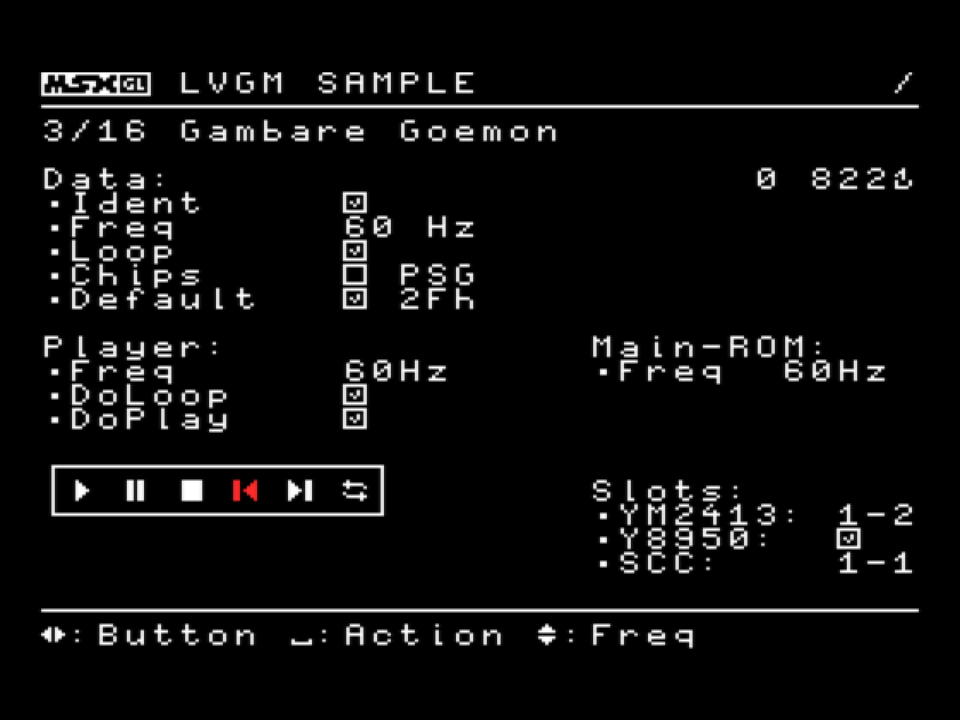
- Showcased modules:
- vgm/lvgm_player (doc, code)
- dos_mapper (doc, code)
- File: s_lvgm.c
- State: Template:STATE/Functional

 MSX-DOS 2
MSX-DOS 2 NDP
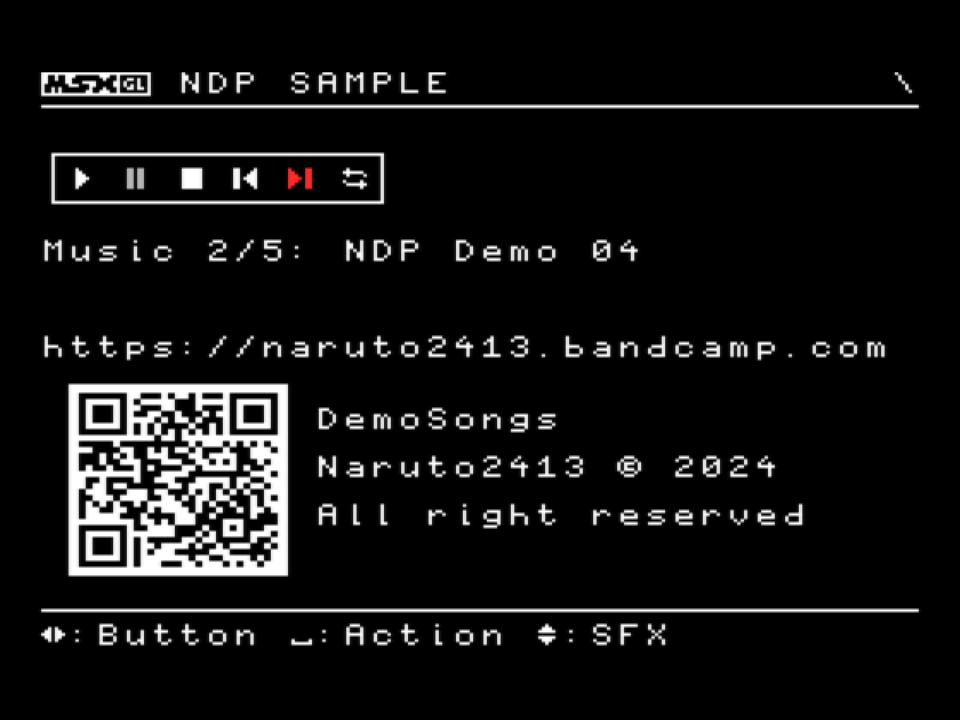
- Showcased modules:
- File: s_ndp.c
- State: Template:STATE/Functional

 32K
32K PCM-Encoder
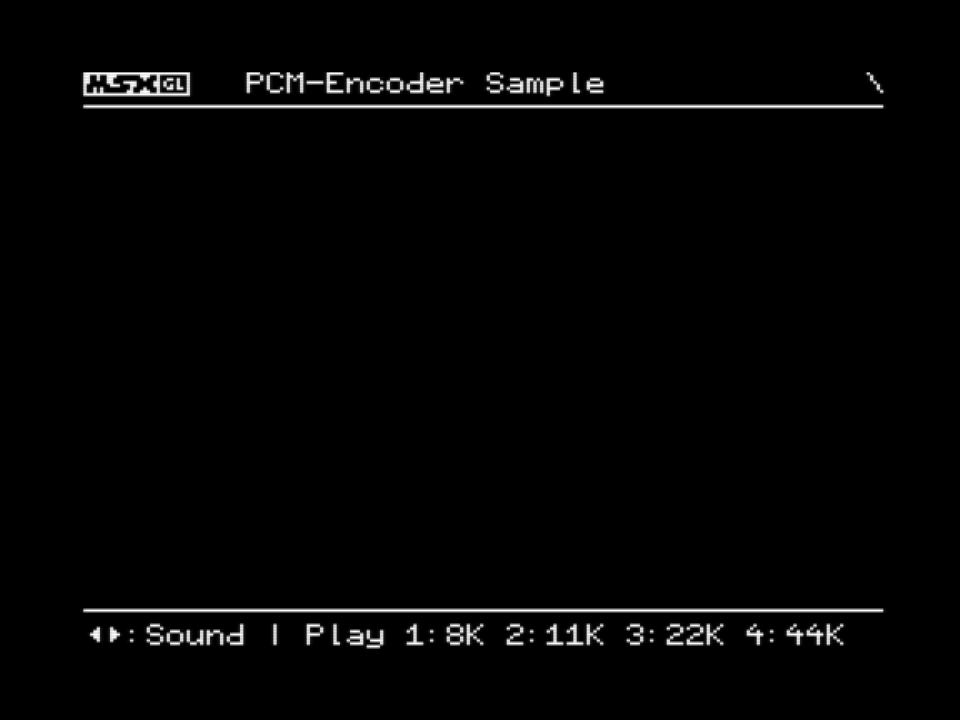
- Showcased modules:
- pcm/pcmenc (doc, code)
- File: s_pcmenc.c
- State: Template:STATE/Functional

 32K
32K PCM Play
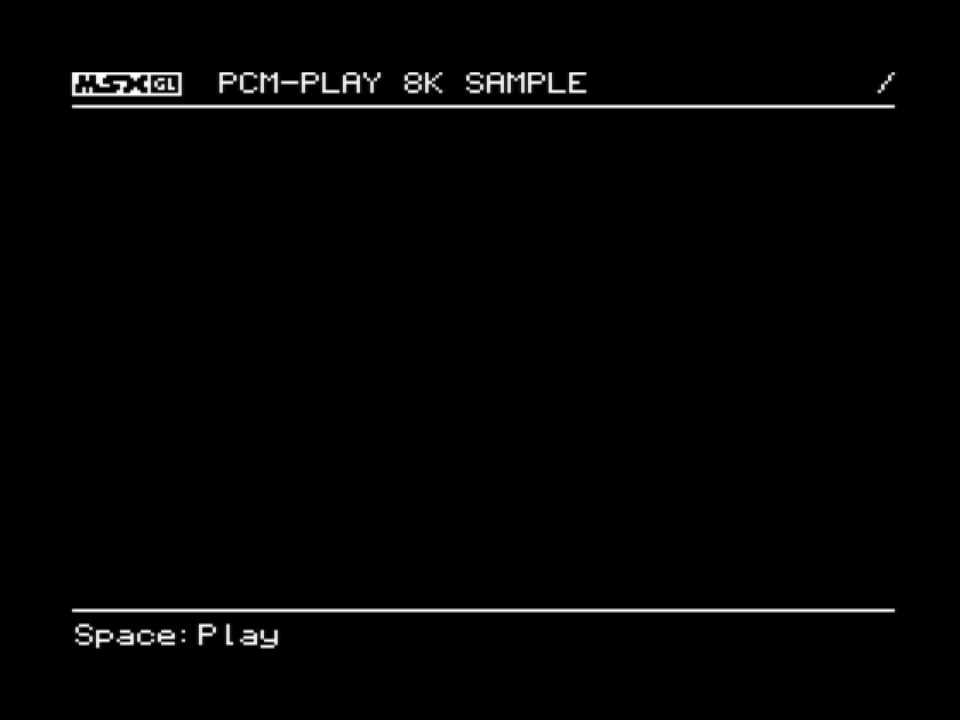
- Showcased modules:
- pcm/pcmplay (doc, code)
- File: s_pcmplay.c
- State: Template:STATE/Functional

 32K
32K PT3
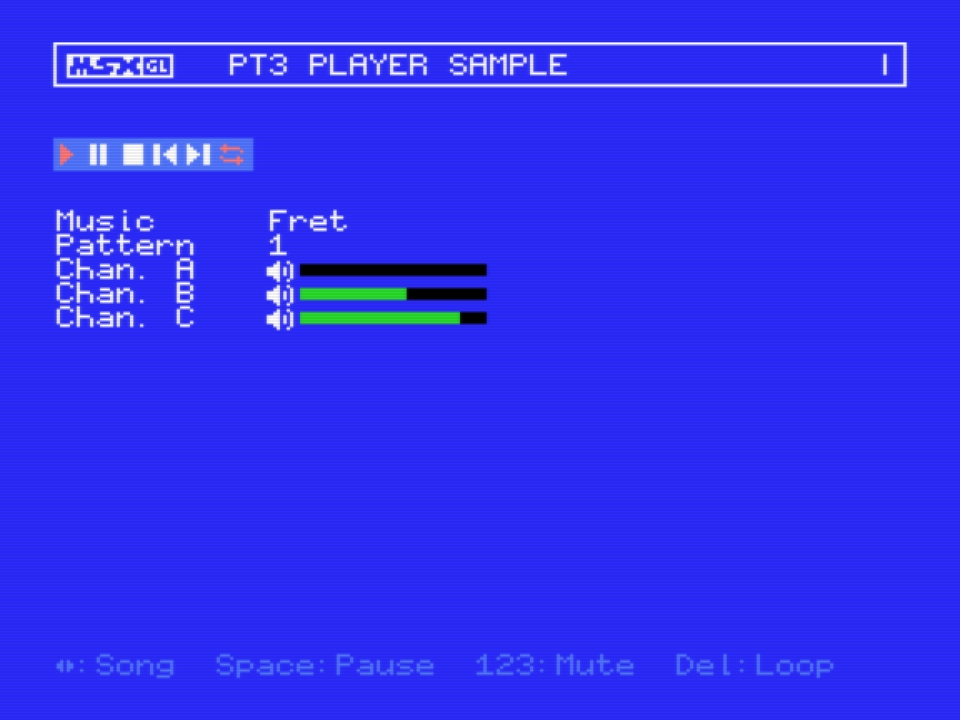
- Showcased modules:
- File: s_pt3.c
- State: Template:STATE/Functional

 32K
32K Trilo Tracker SCC

- Showcased modules:
- File: s_trilo.c
- State: Template:STATE/Functional


 KONAMI 128K
KONAMI 128K VGM
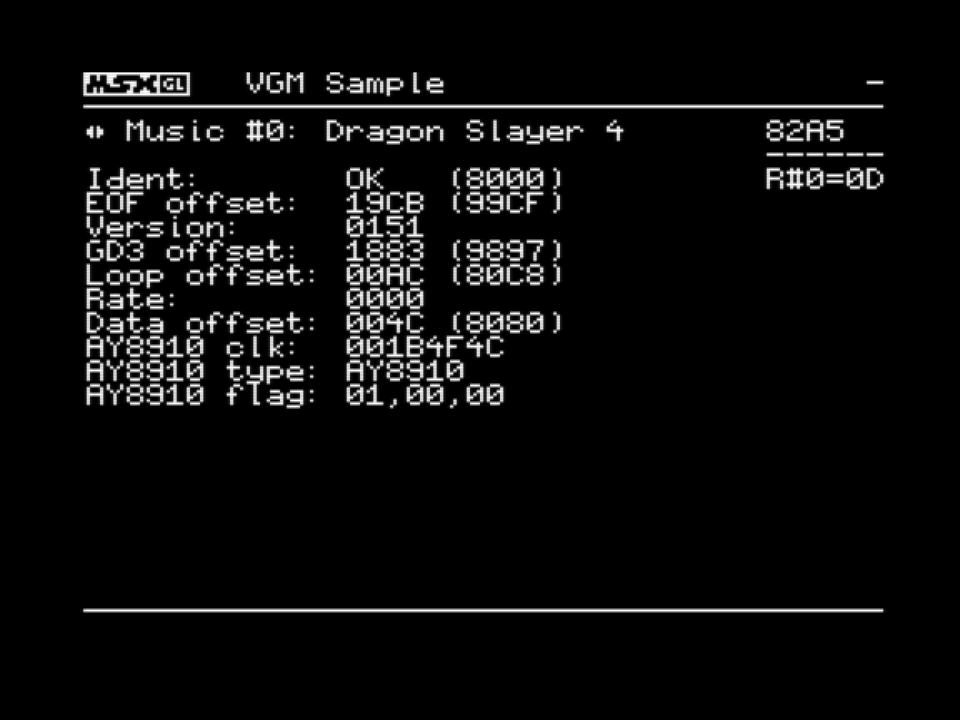
- Showcased modules:
- File: s_vgm.c
- State: Template:STATE/Functional

 ASCII16 256K
ASCII16 256K 
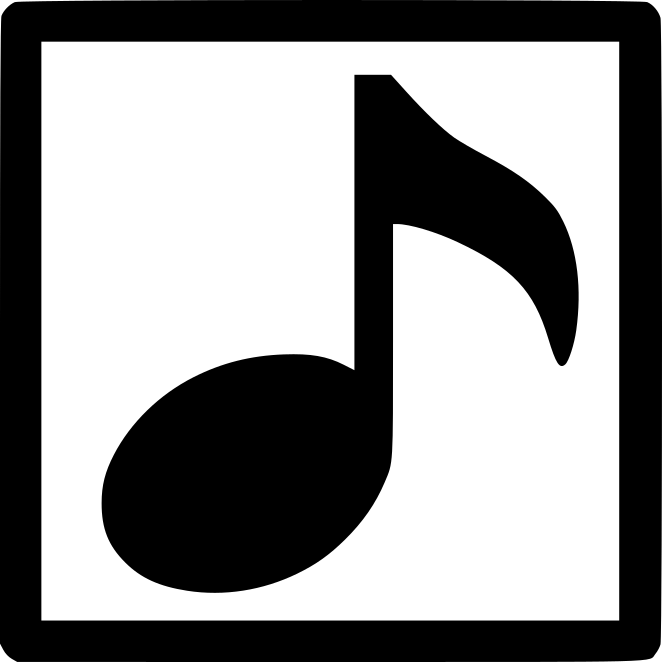

WYZ
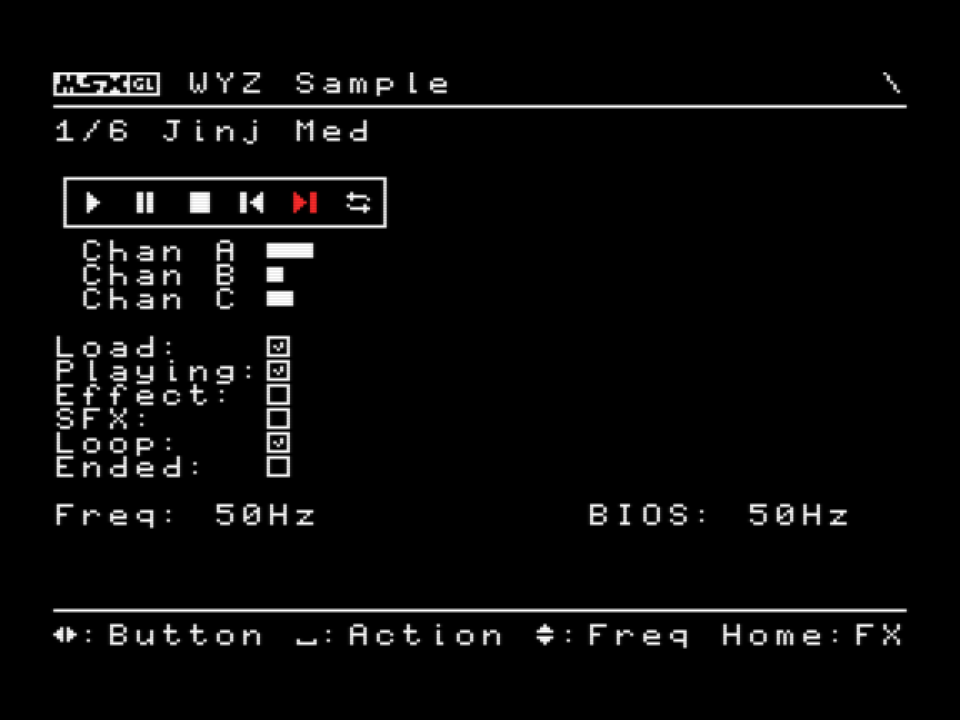
- Showcased modules:
- File: s_wyz.c
- State: Template:STATE/Functional

 32K
32K WYZ2

- Showcased modules:
- File: s_wyz2.c
- State: Template:STATE/Functional

 32K
32K